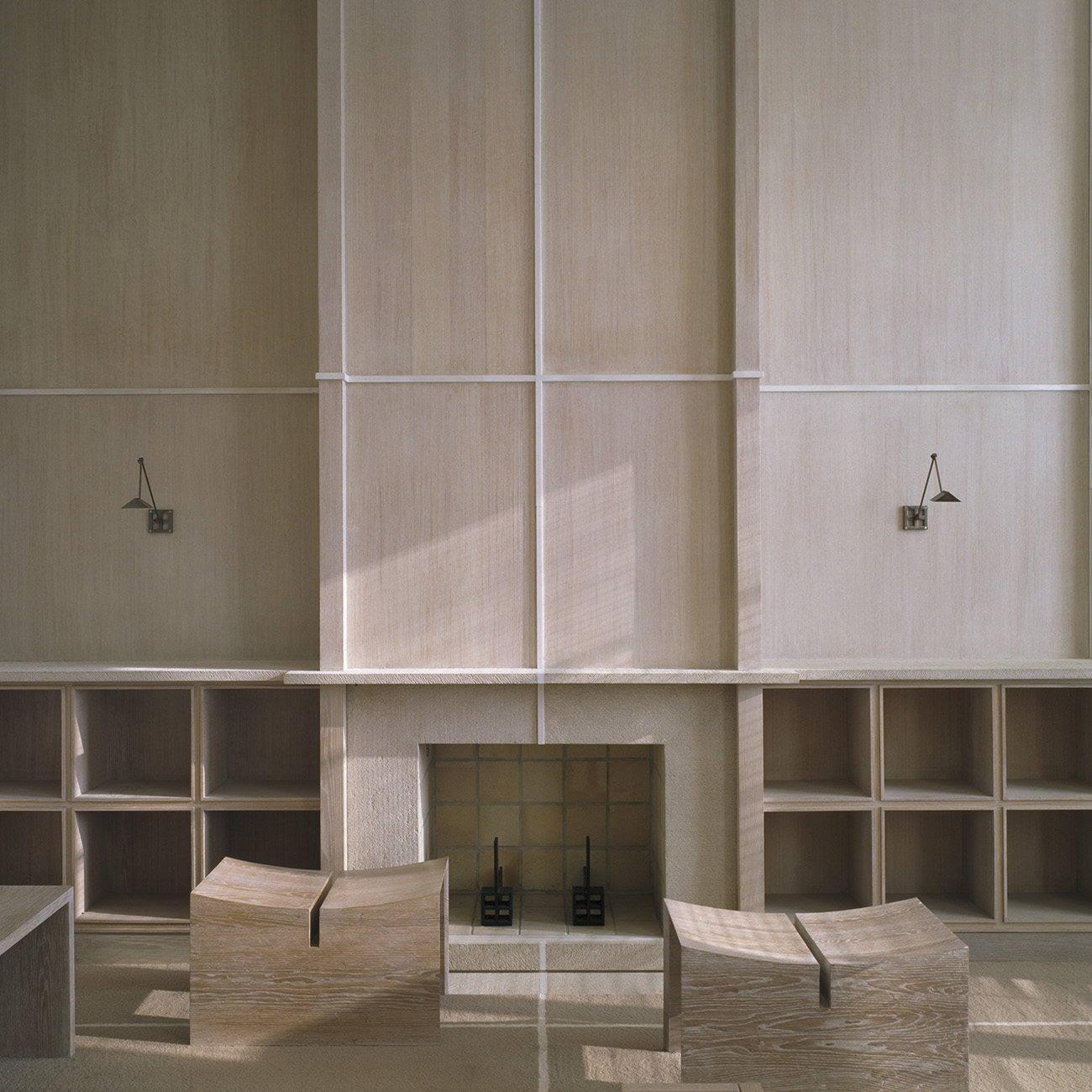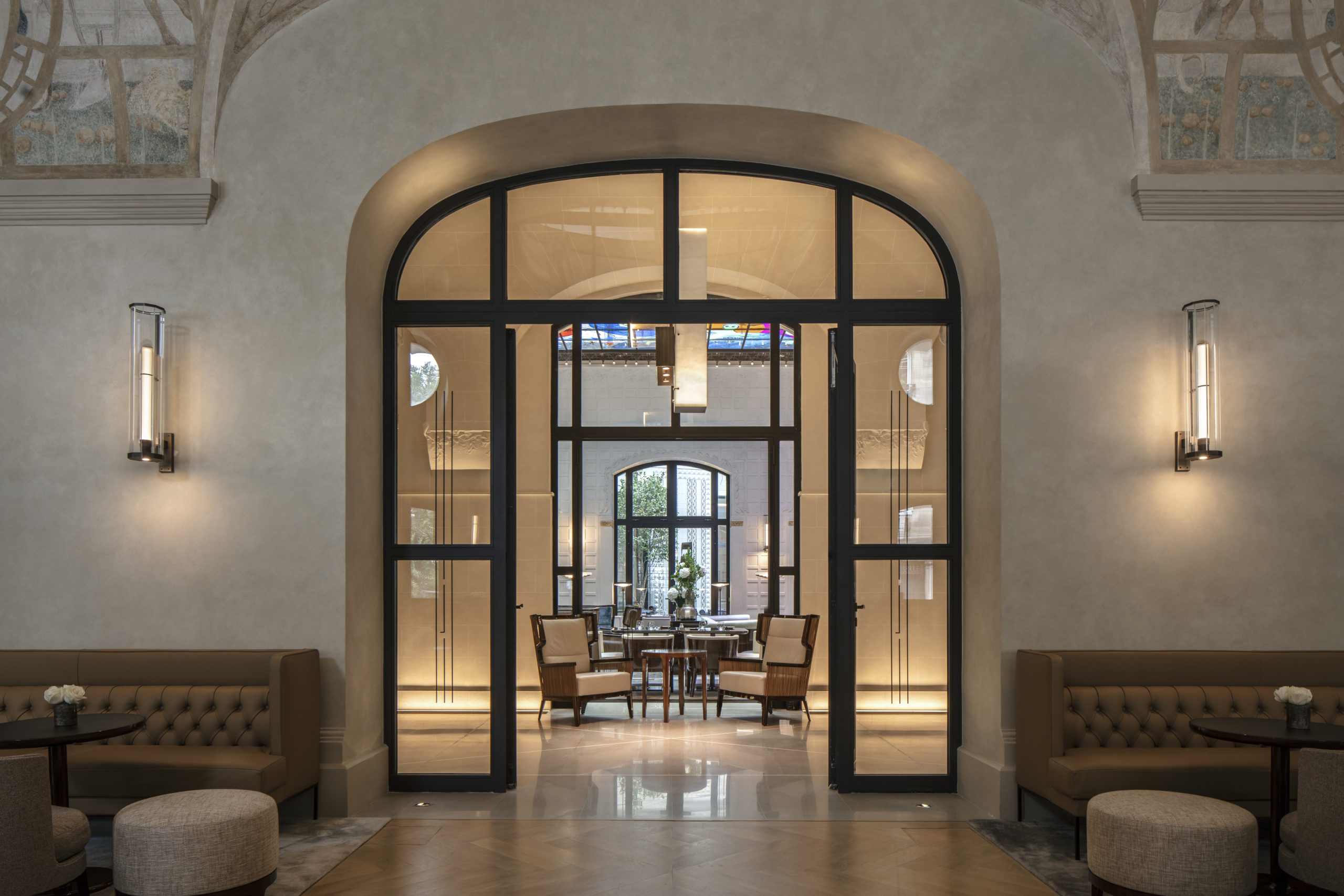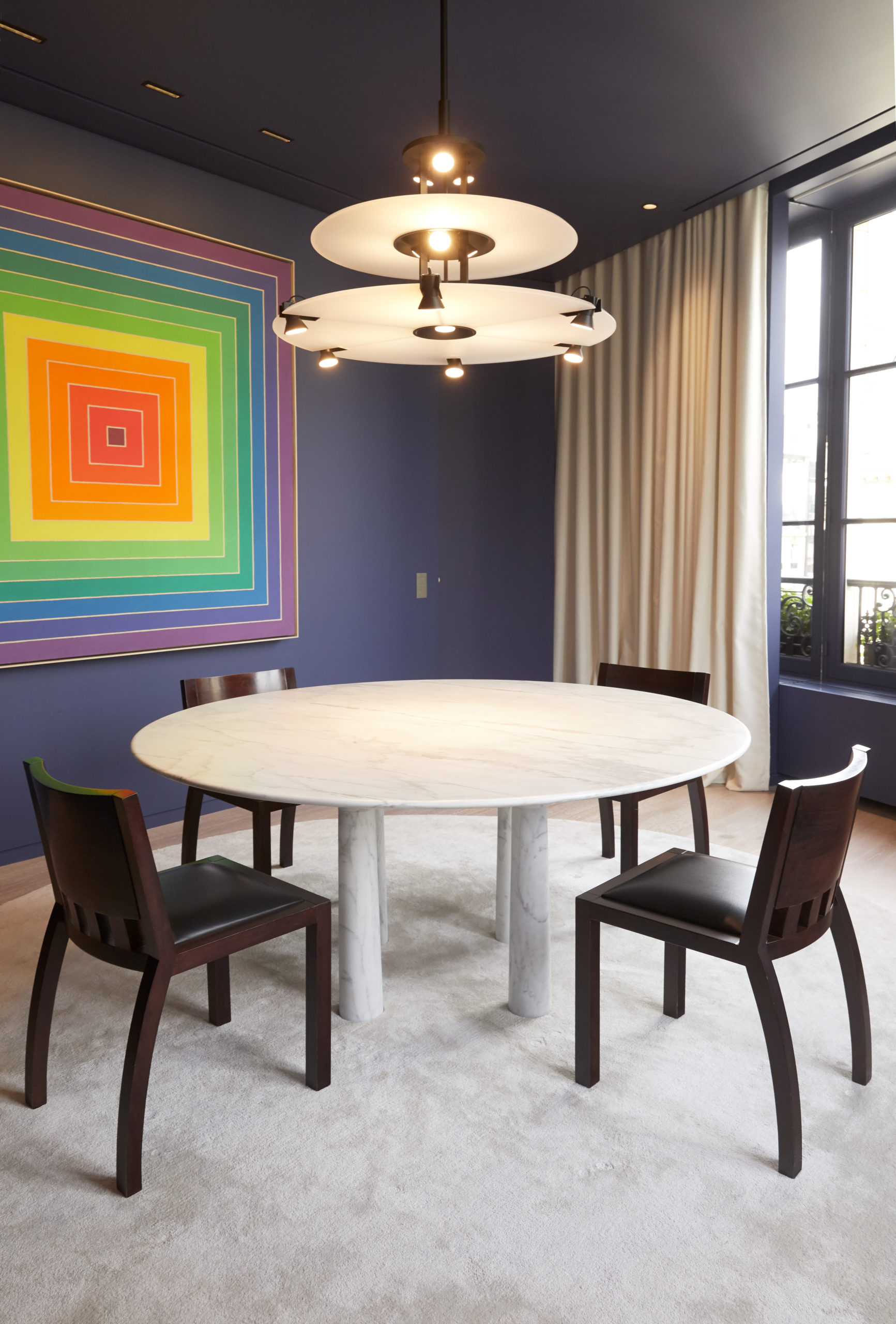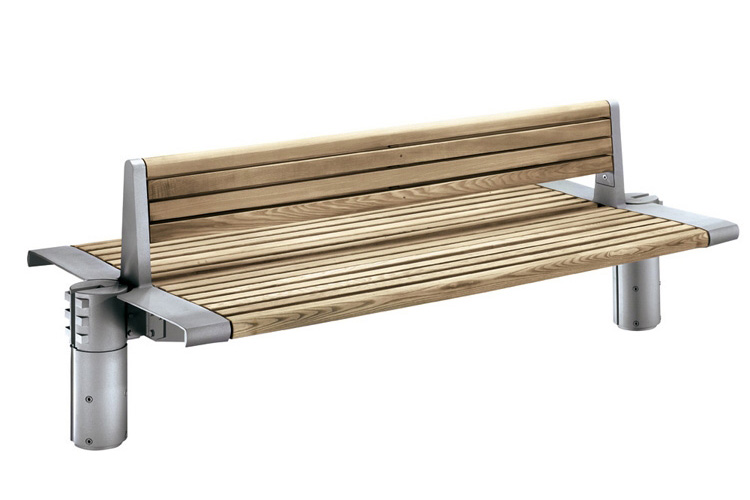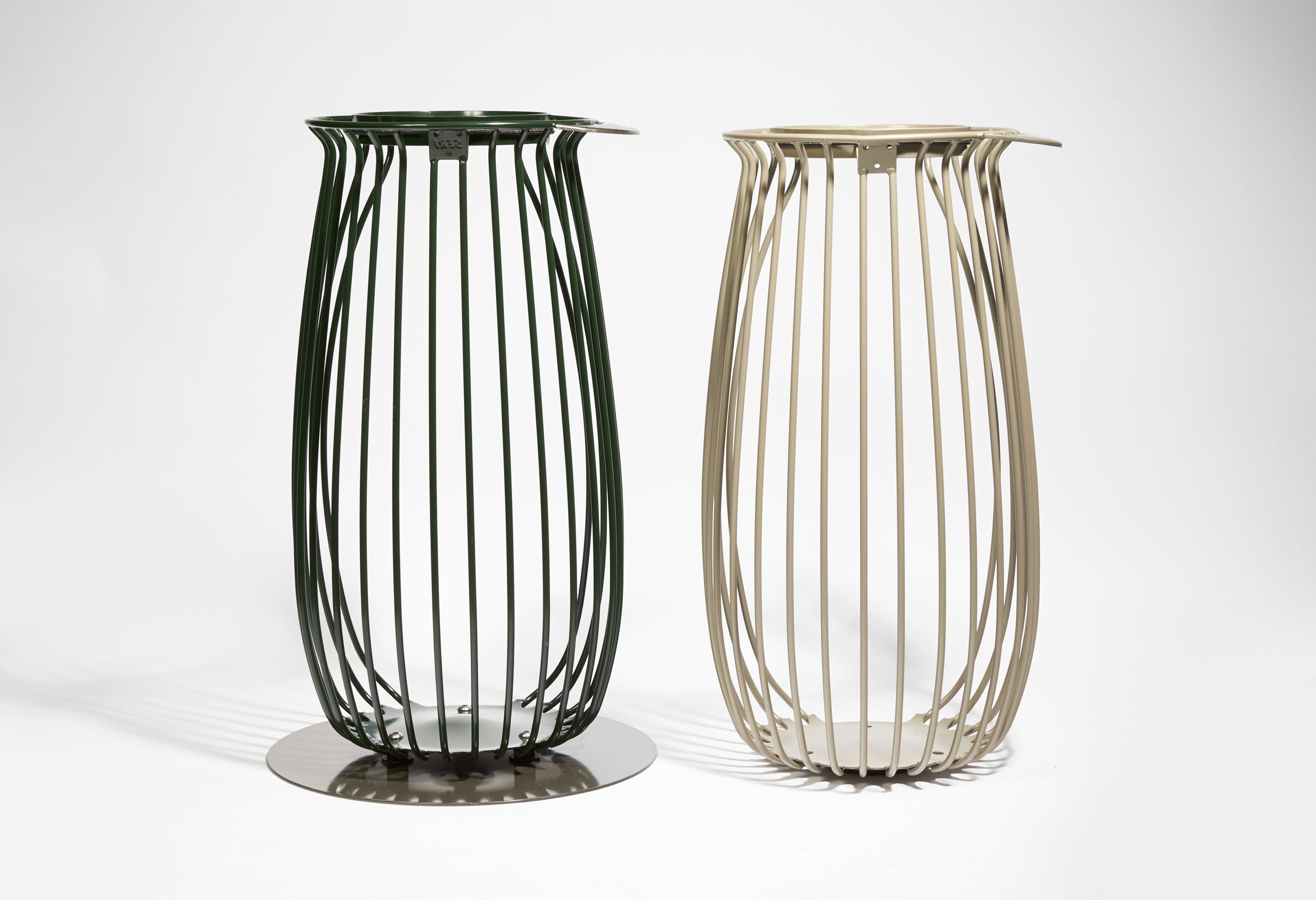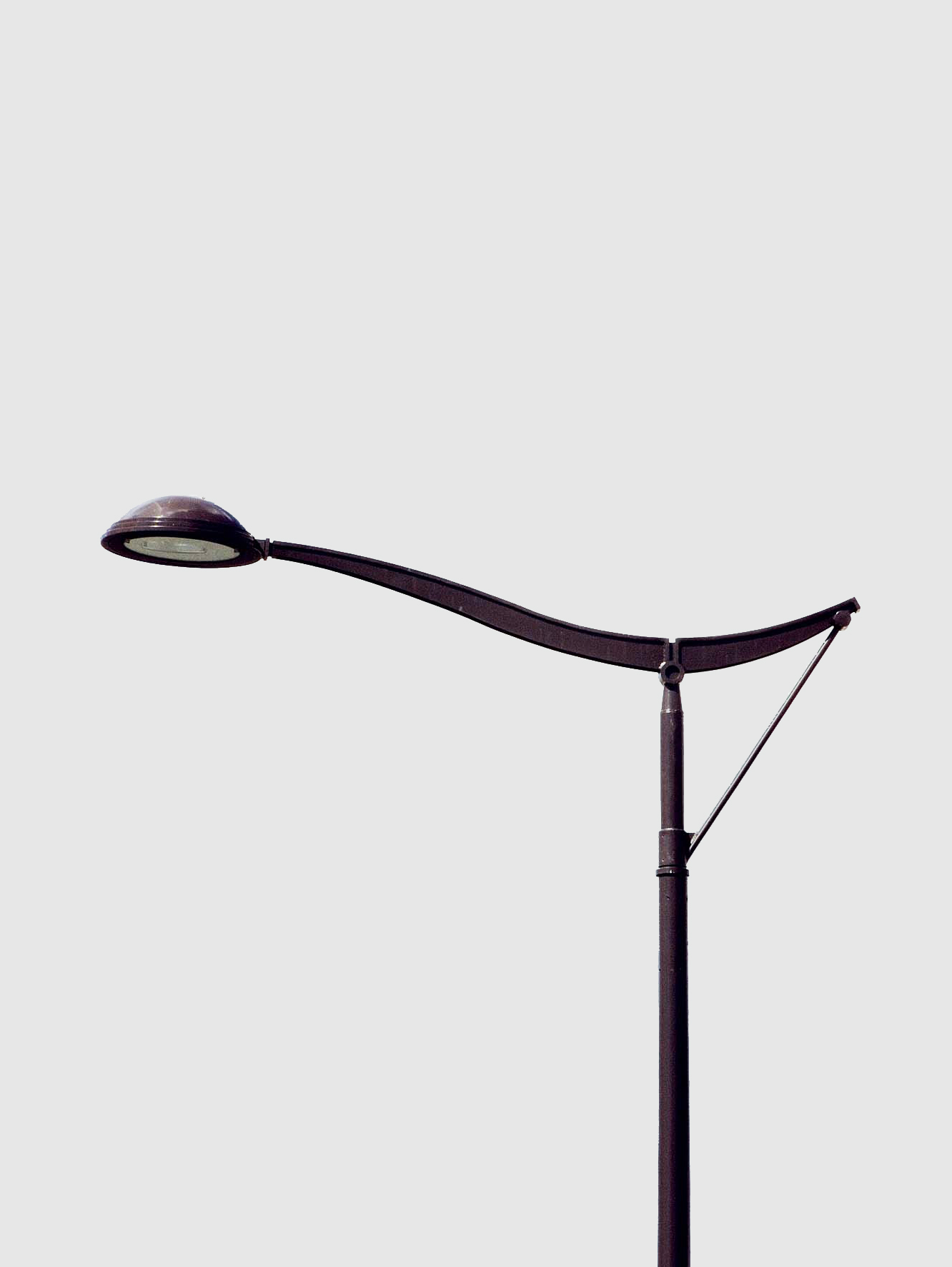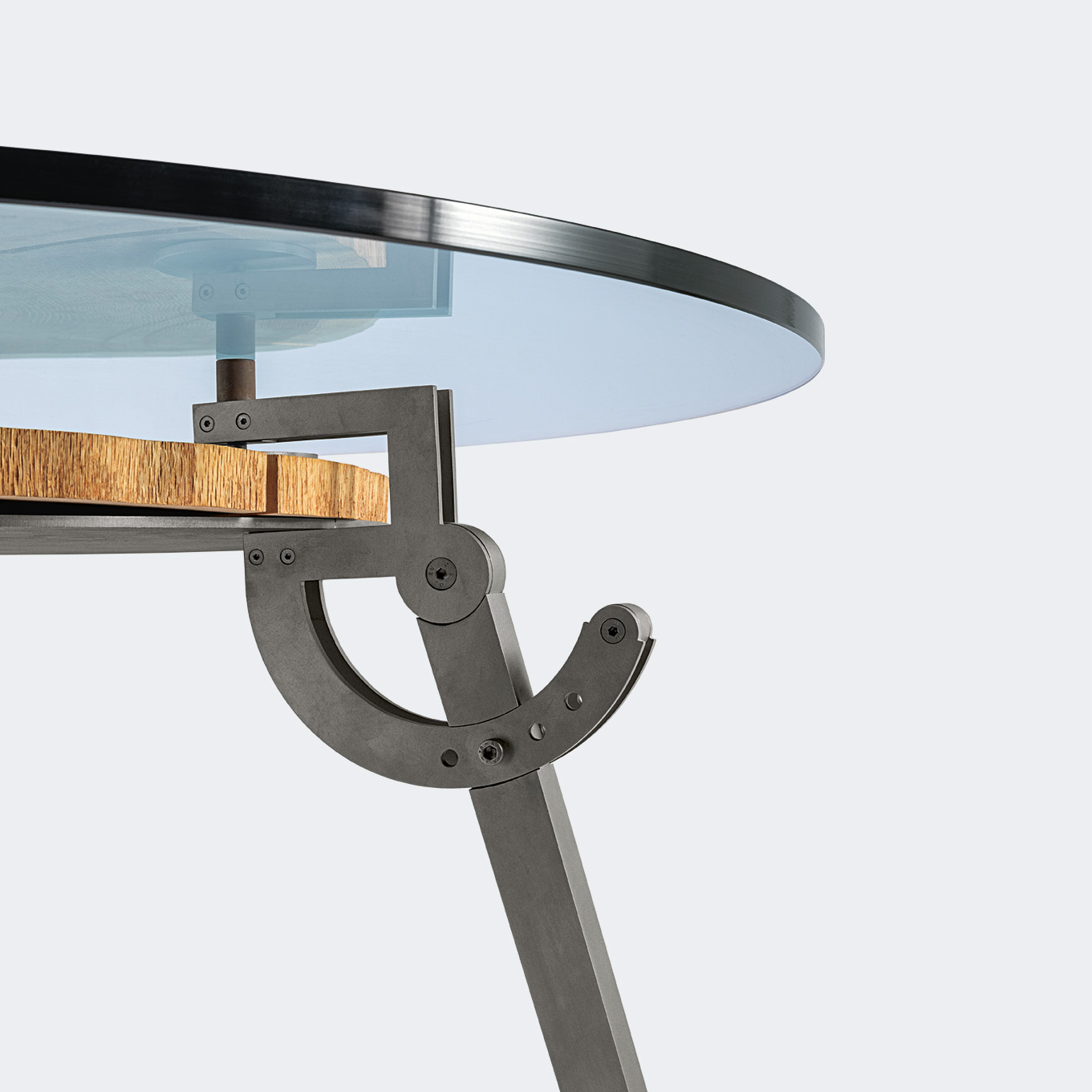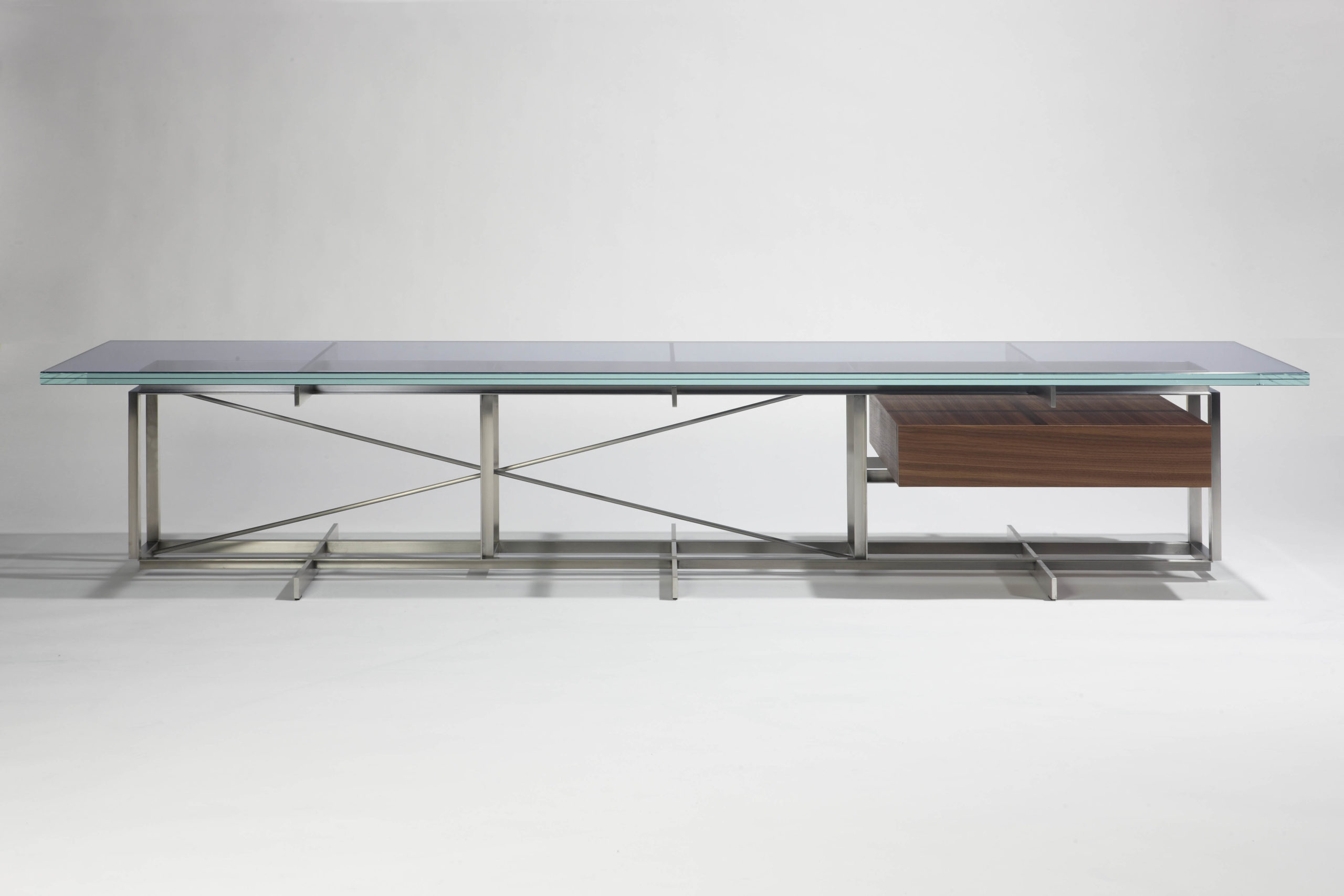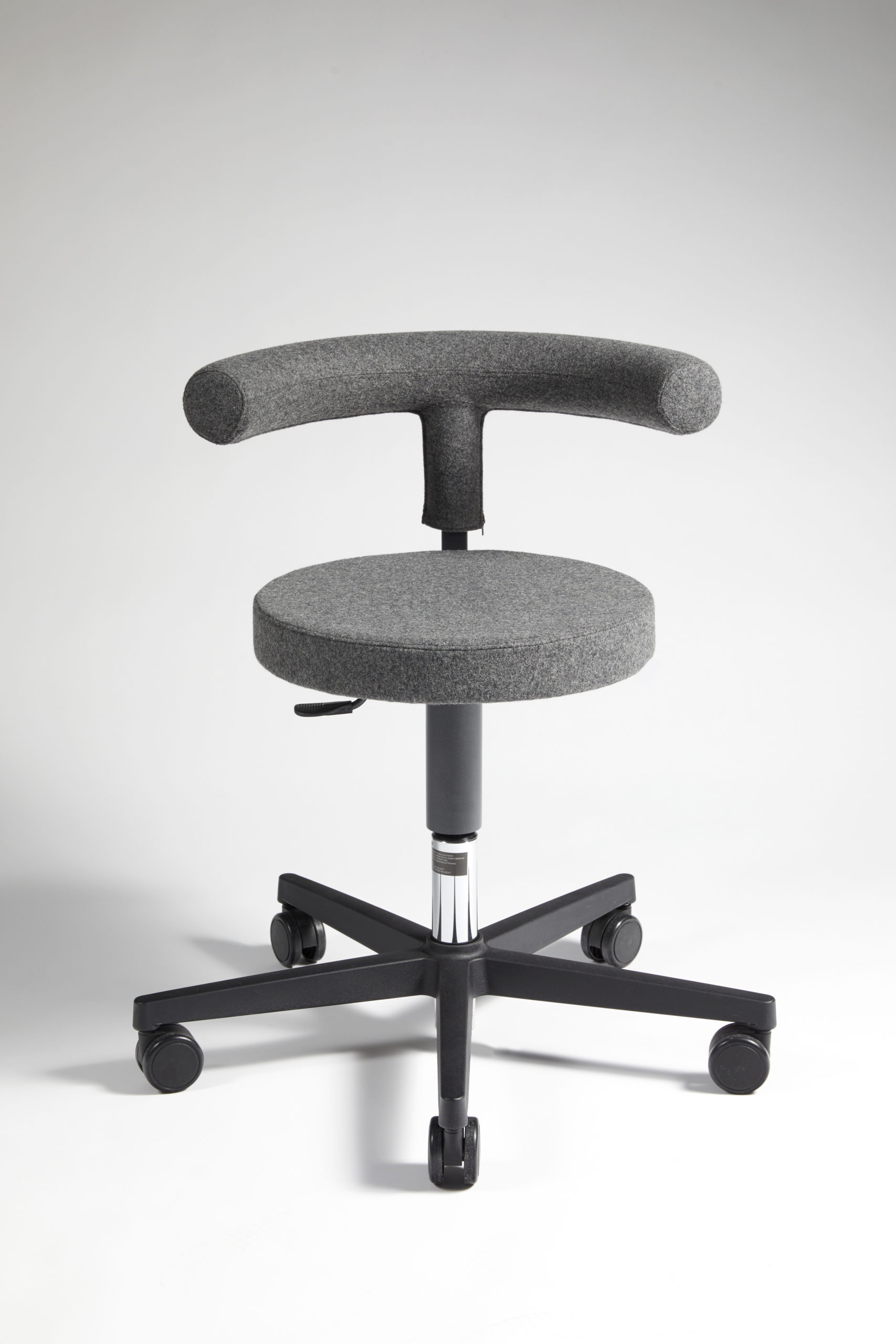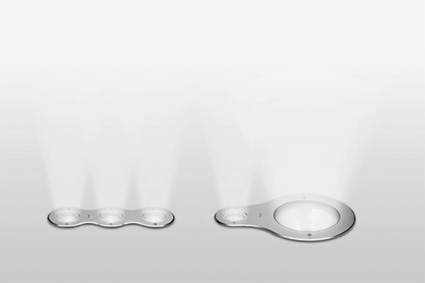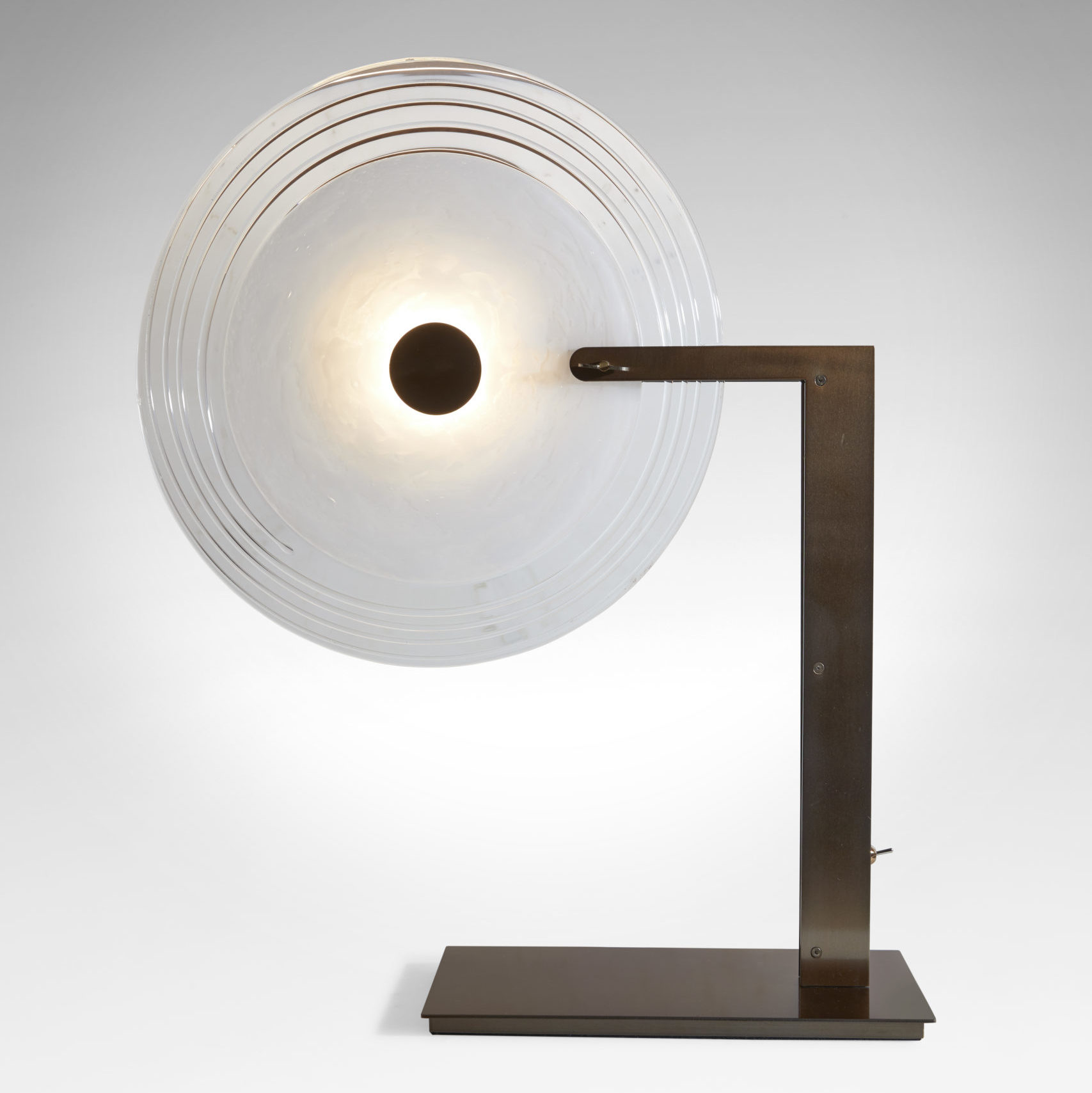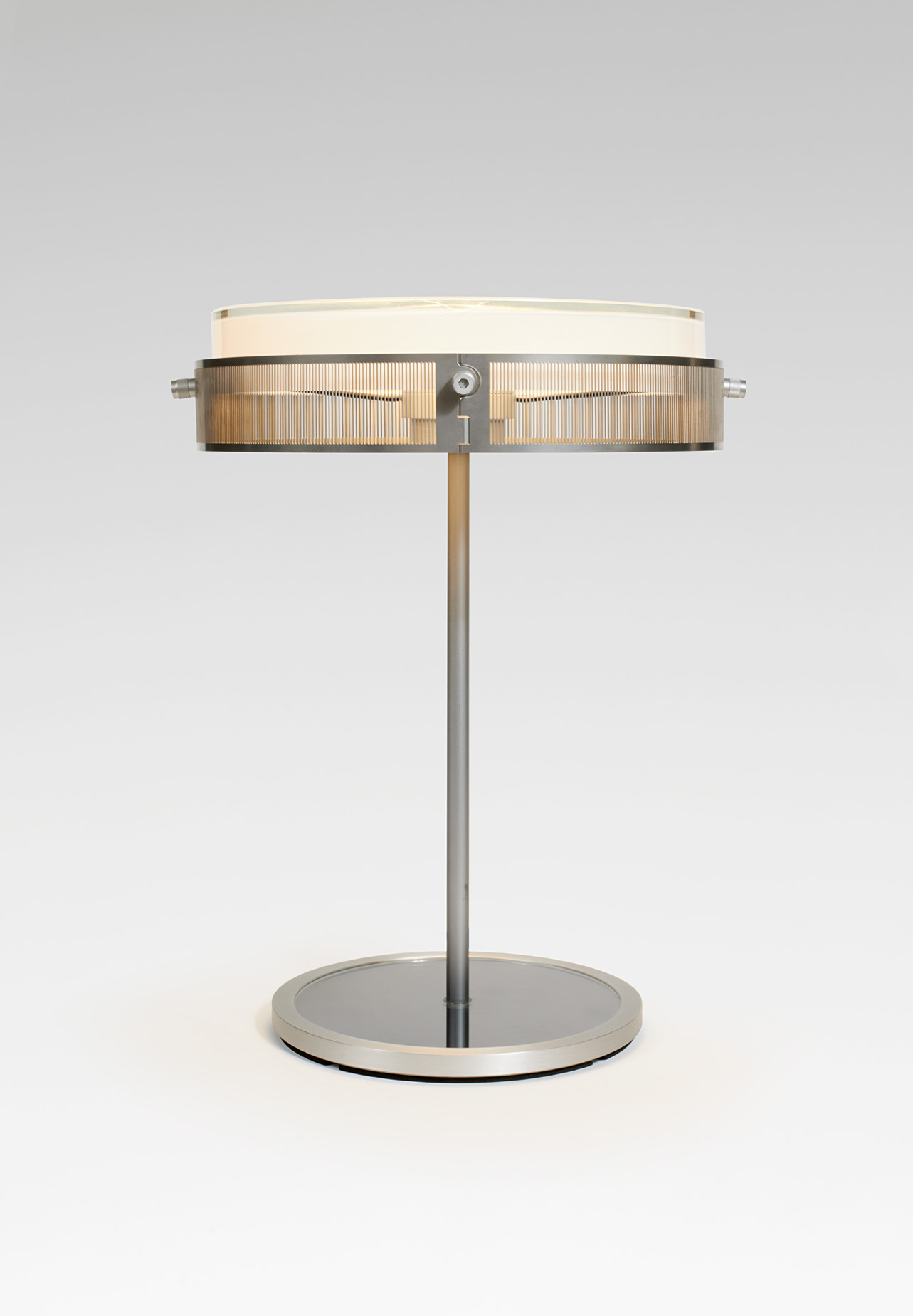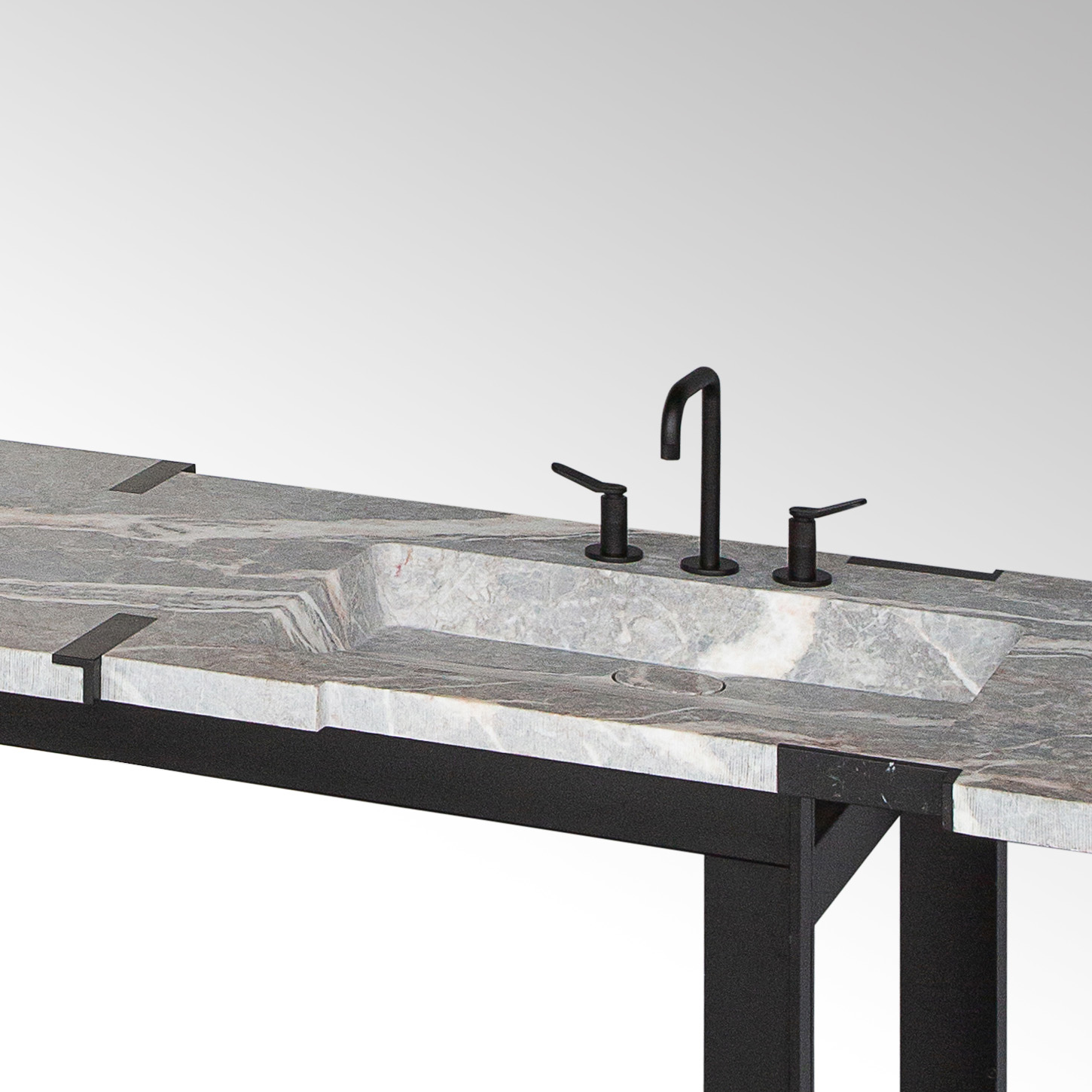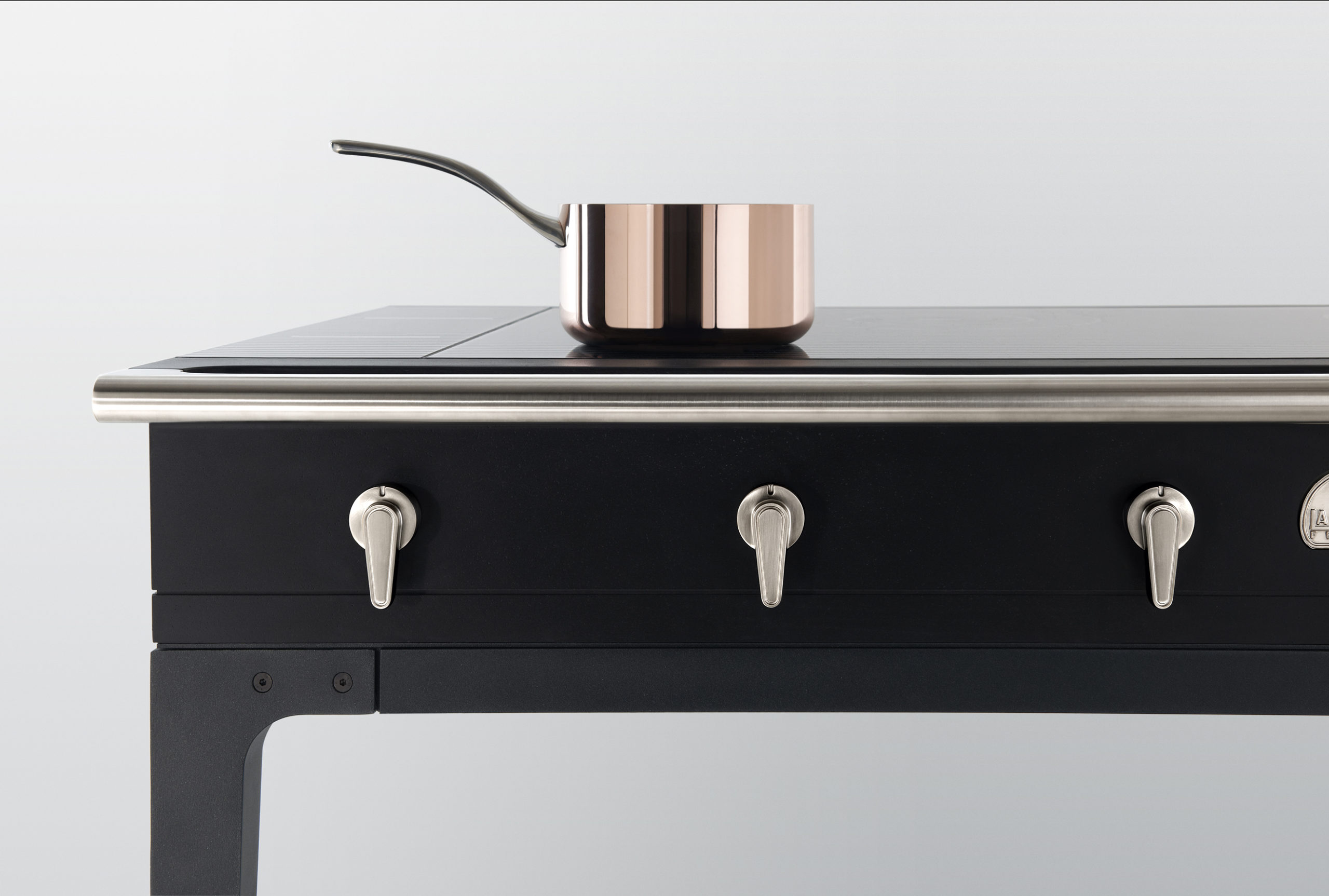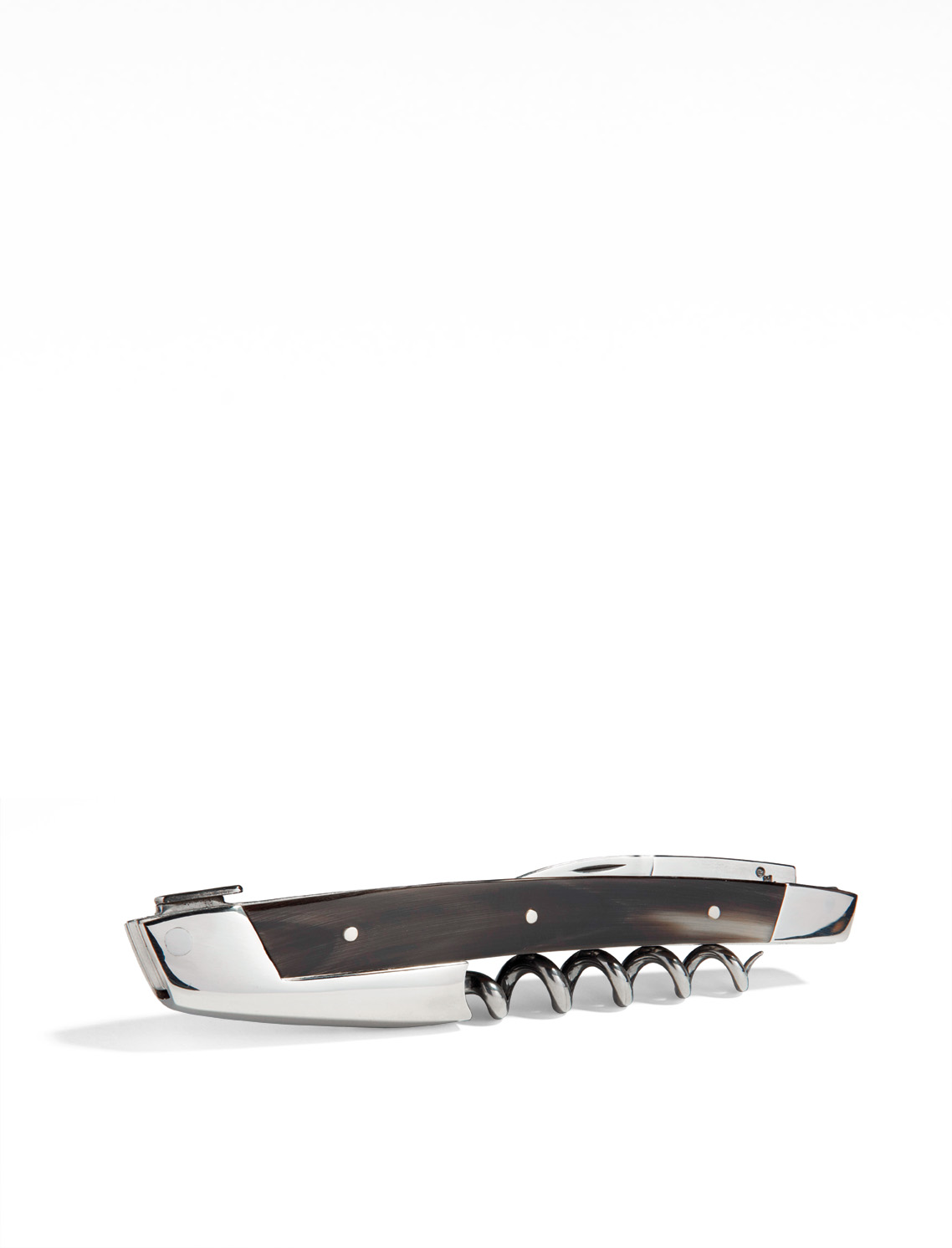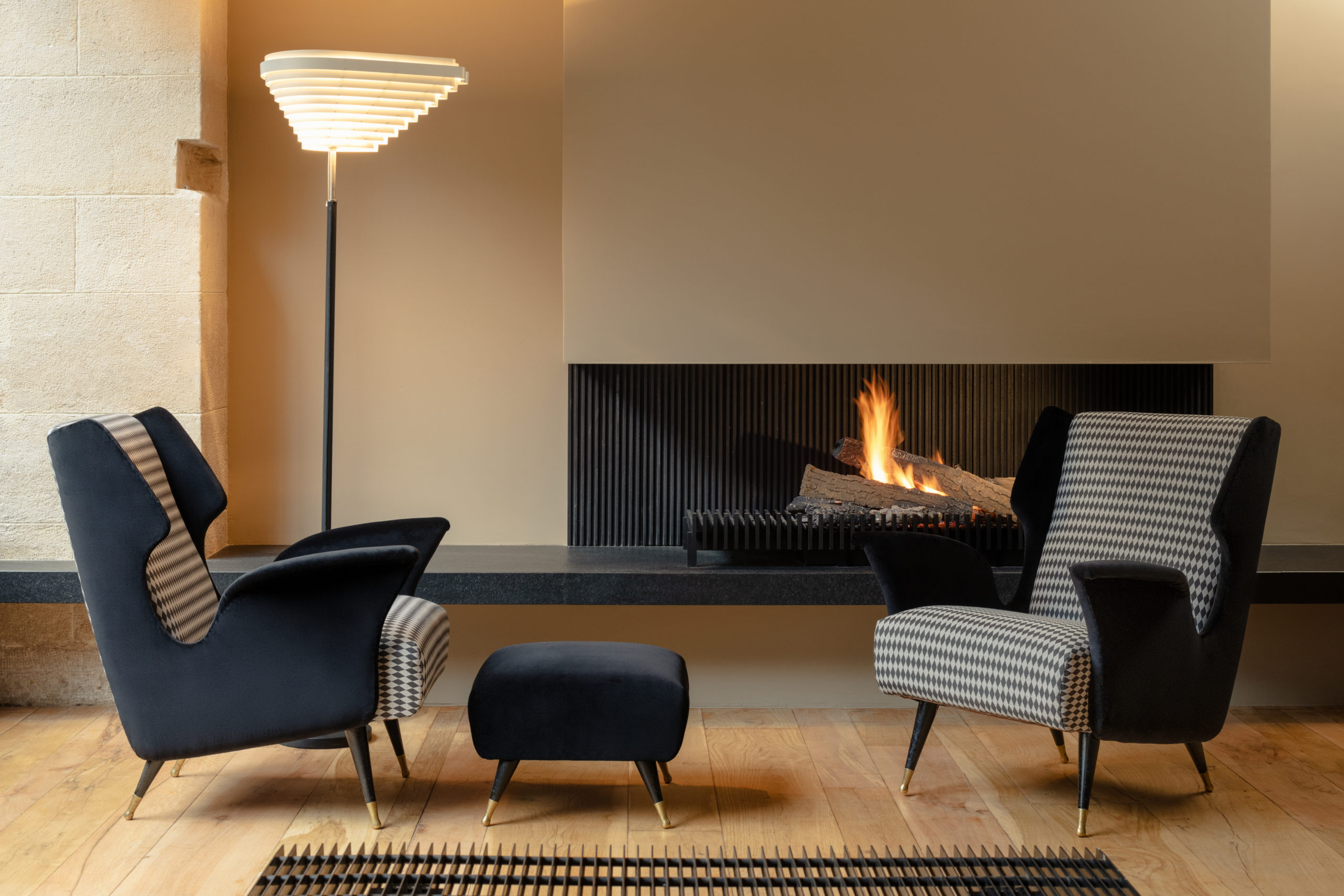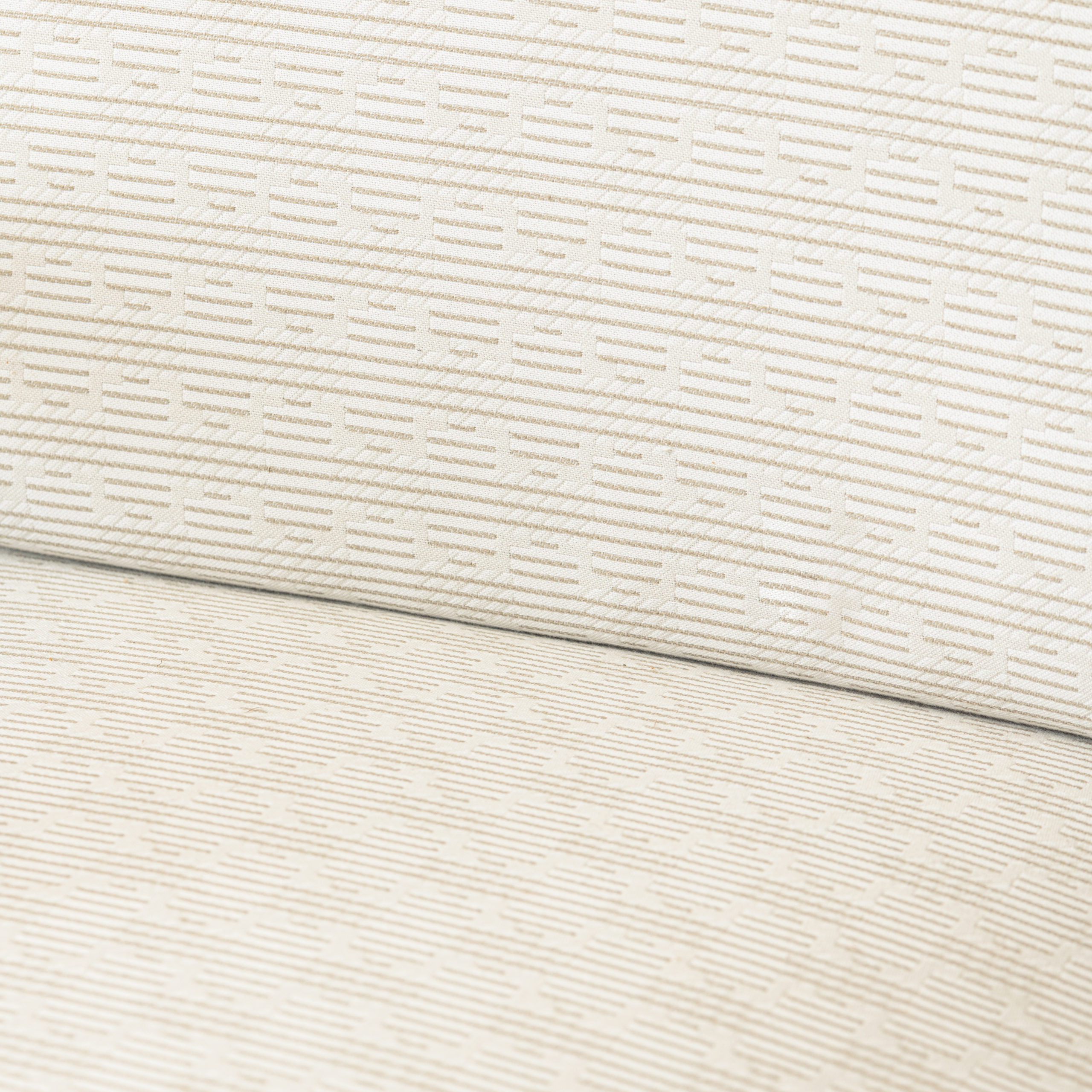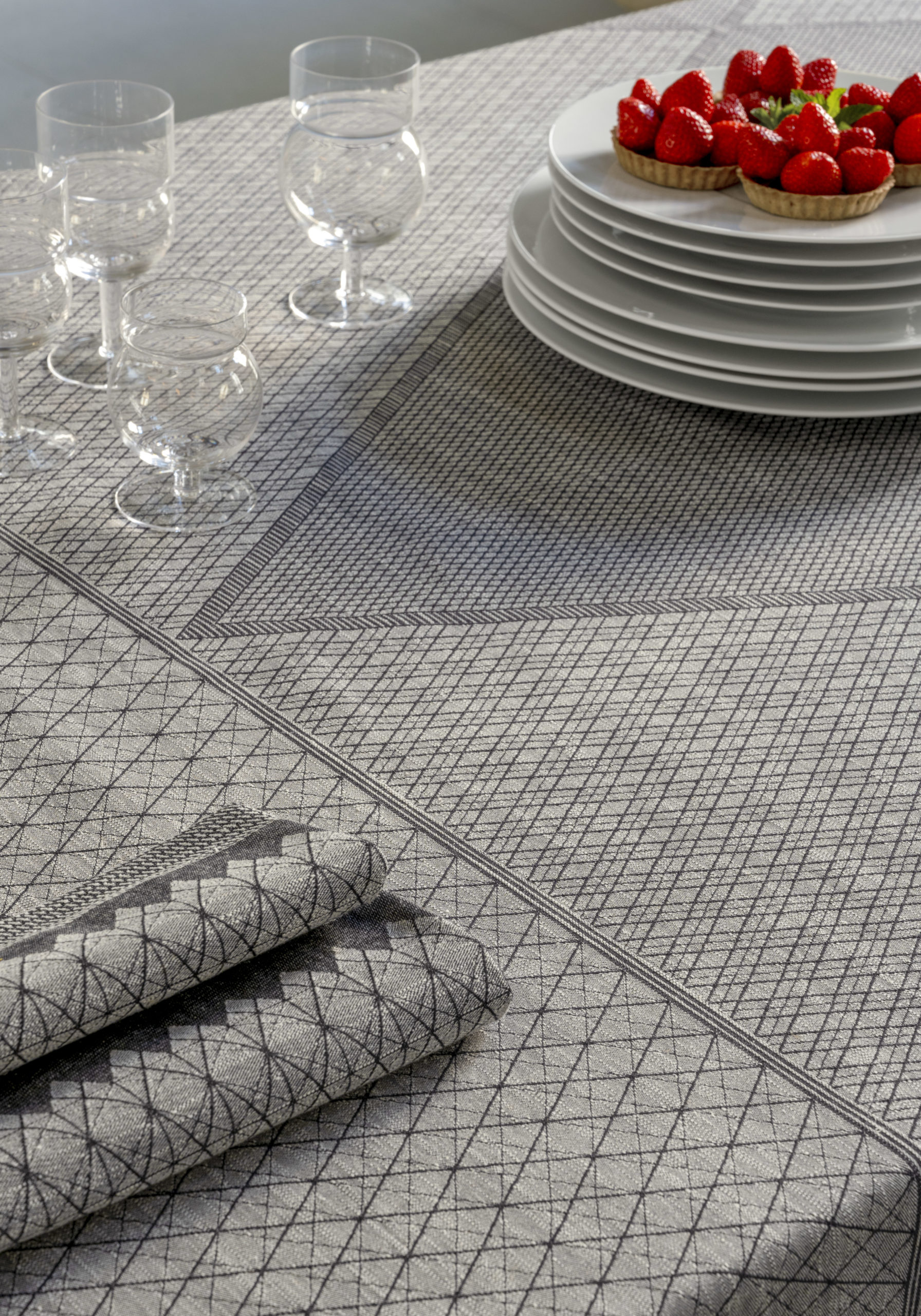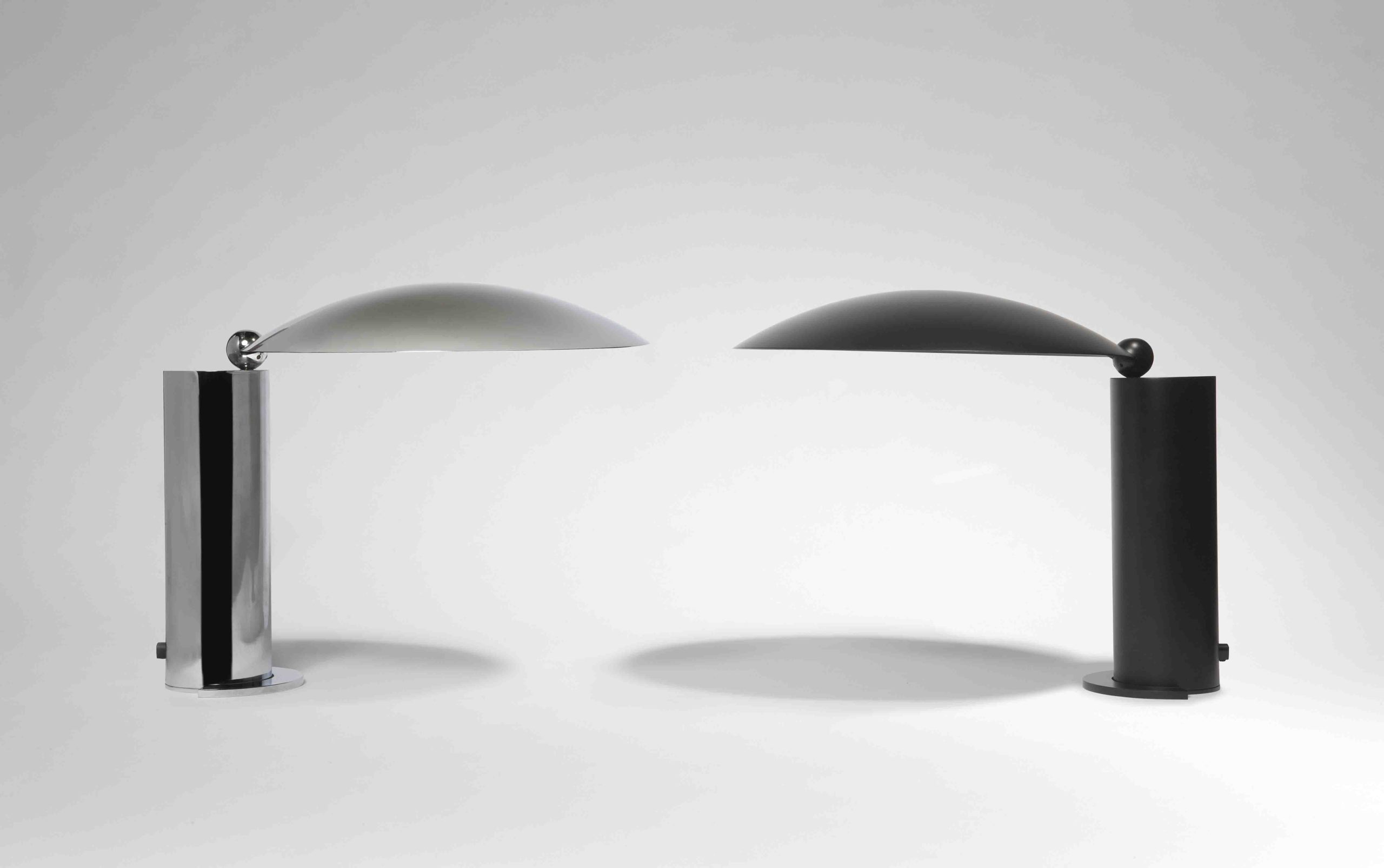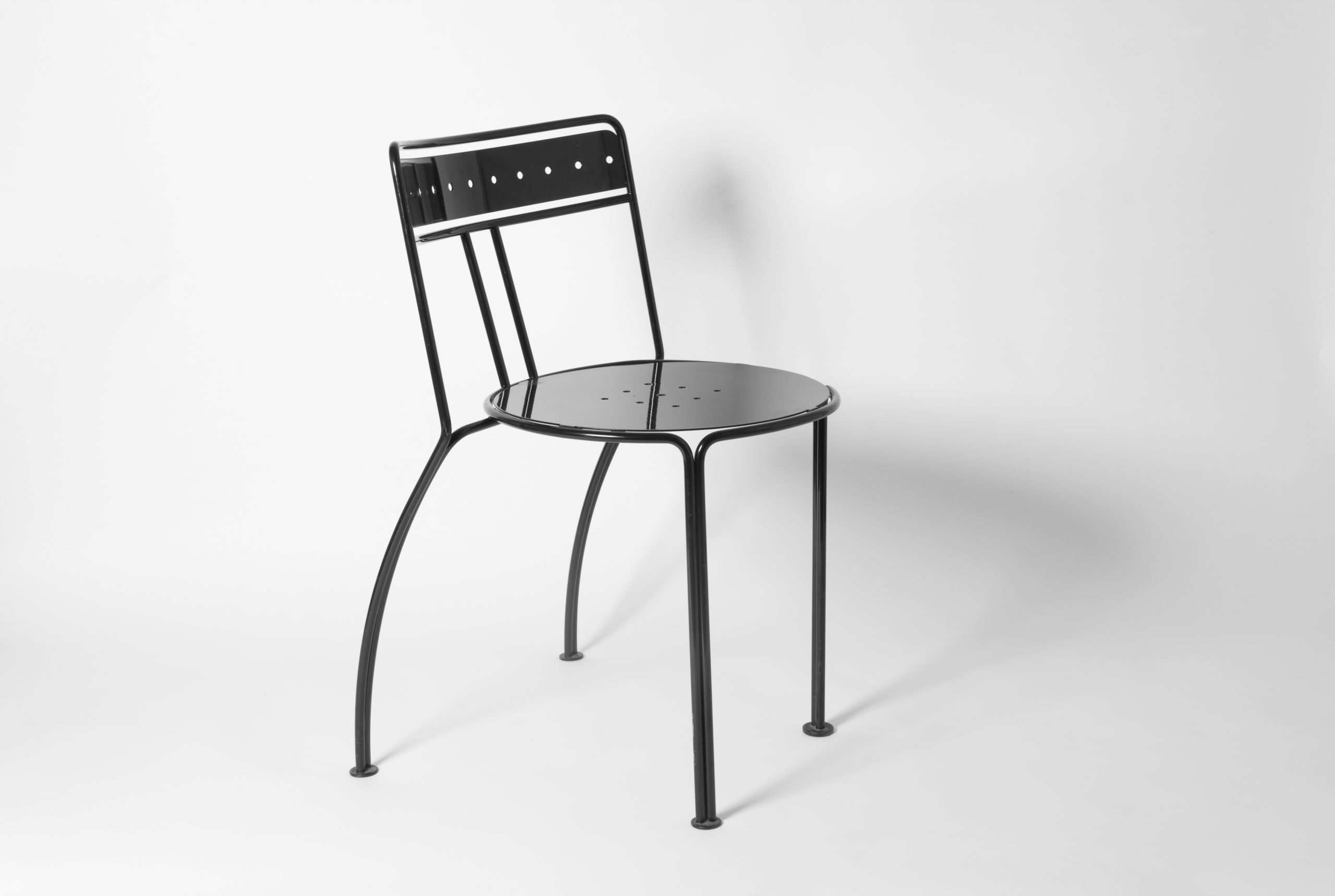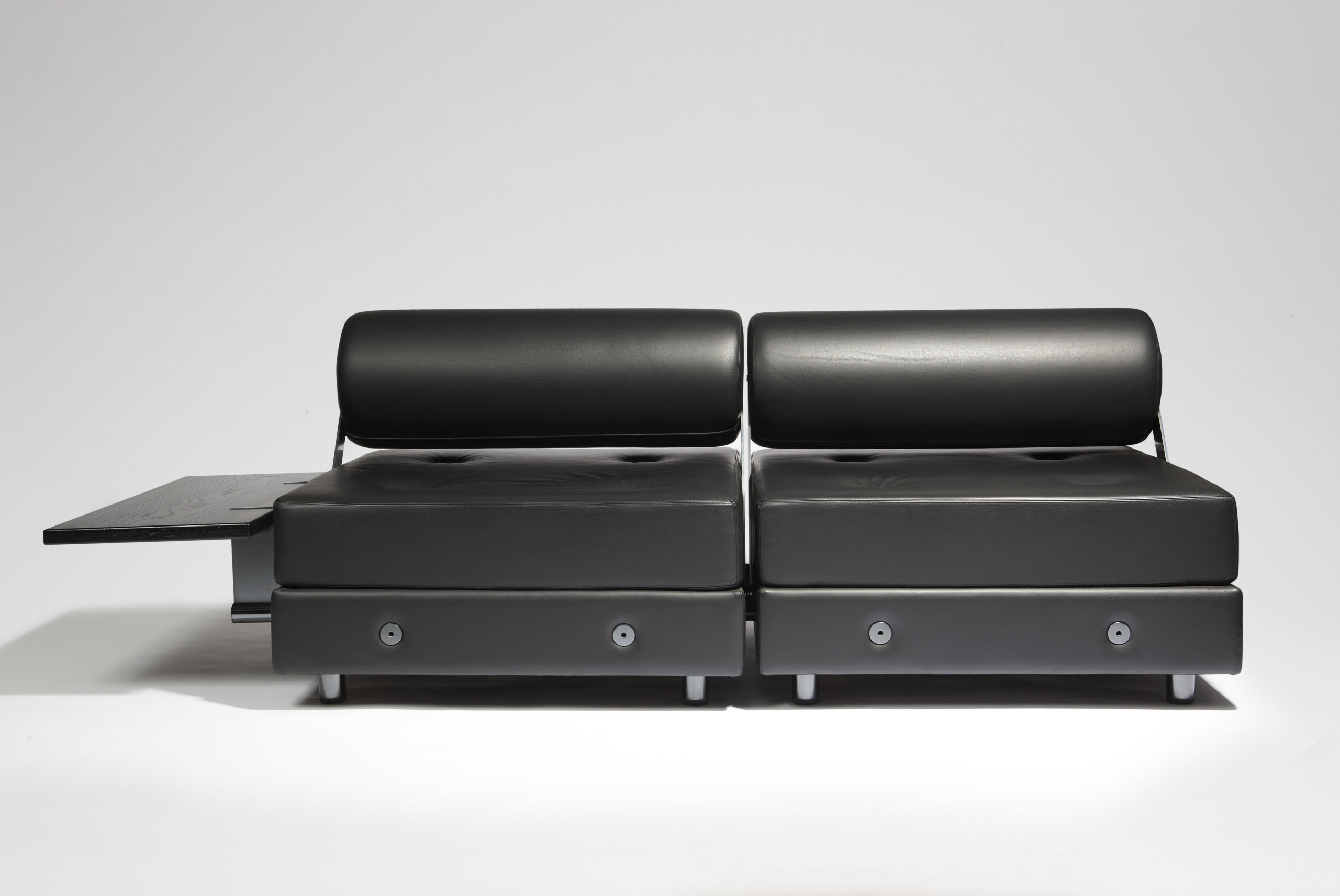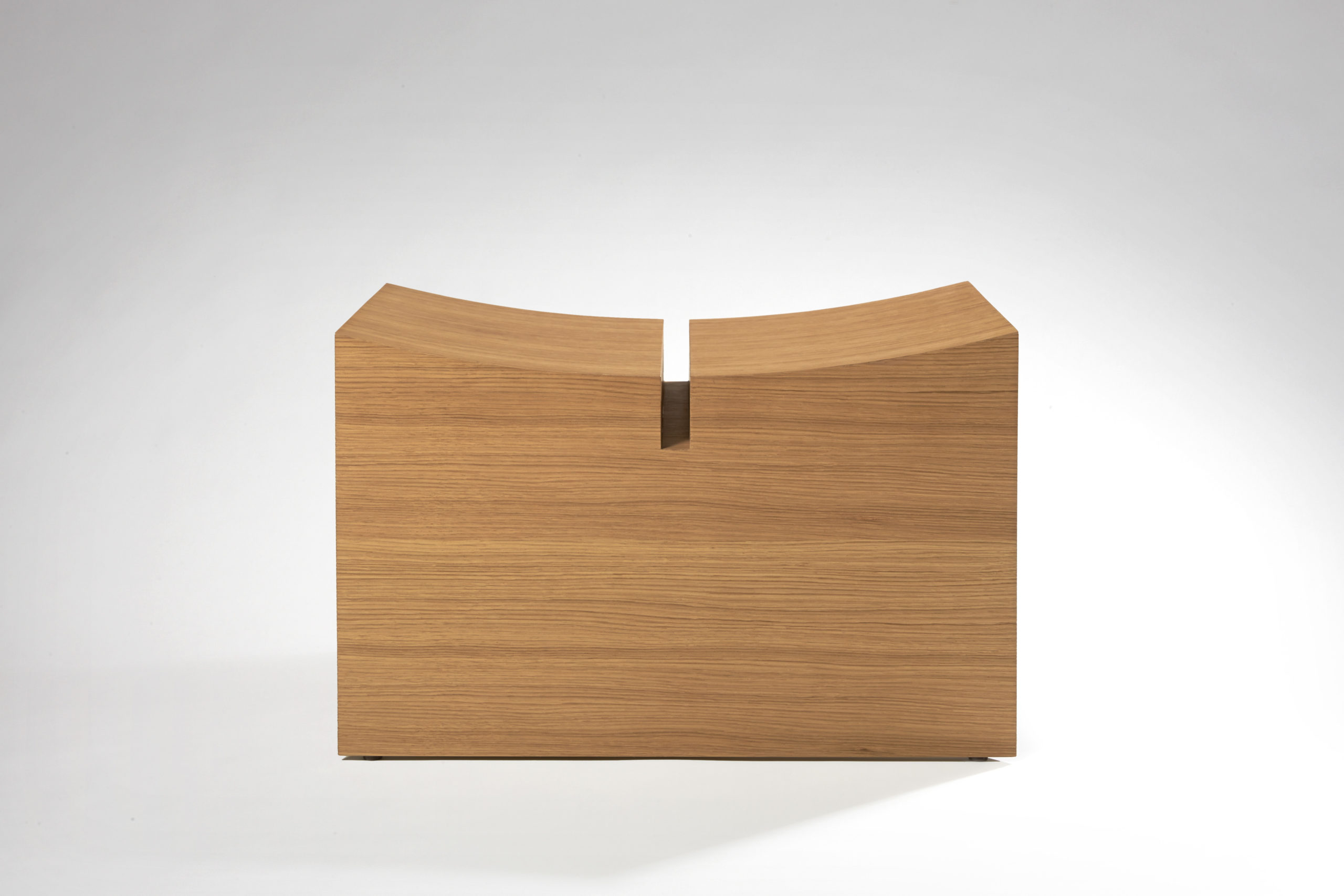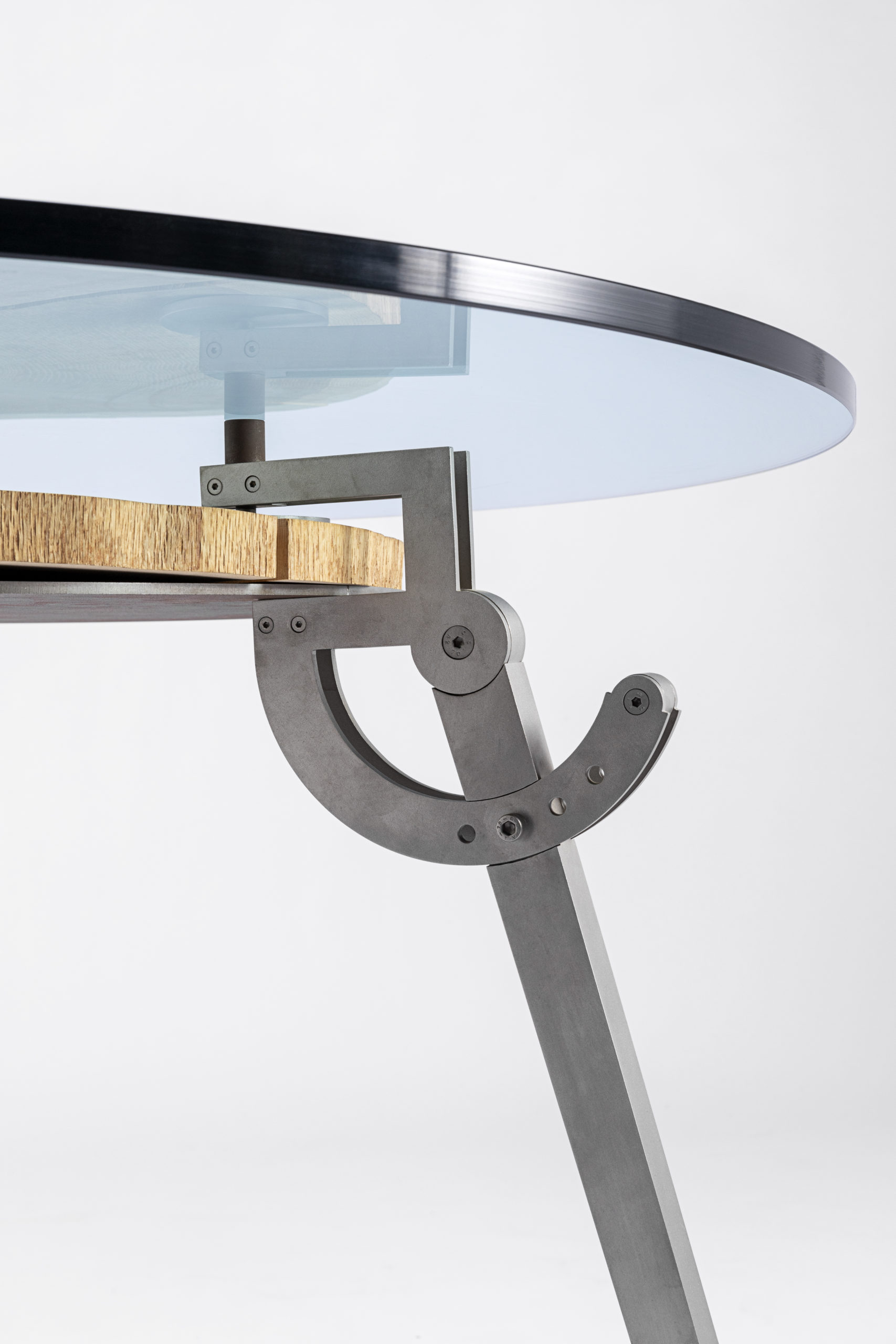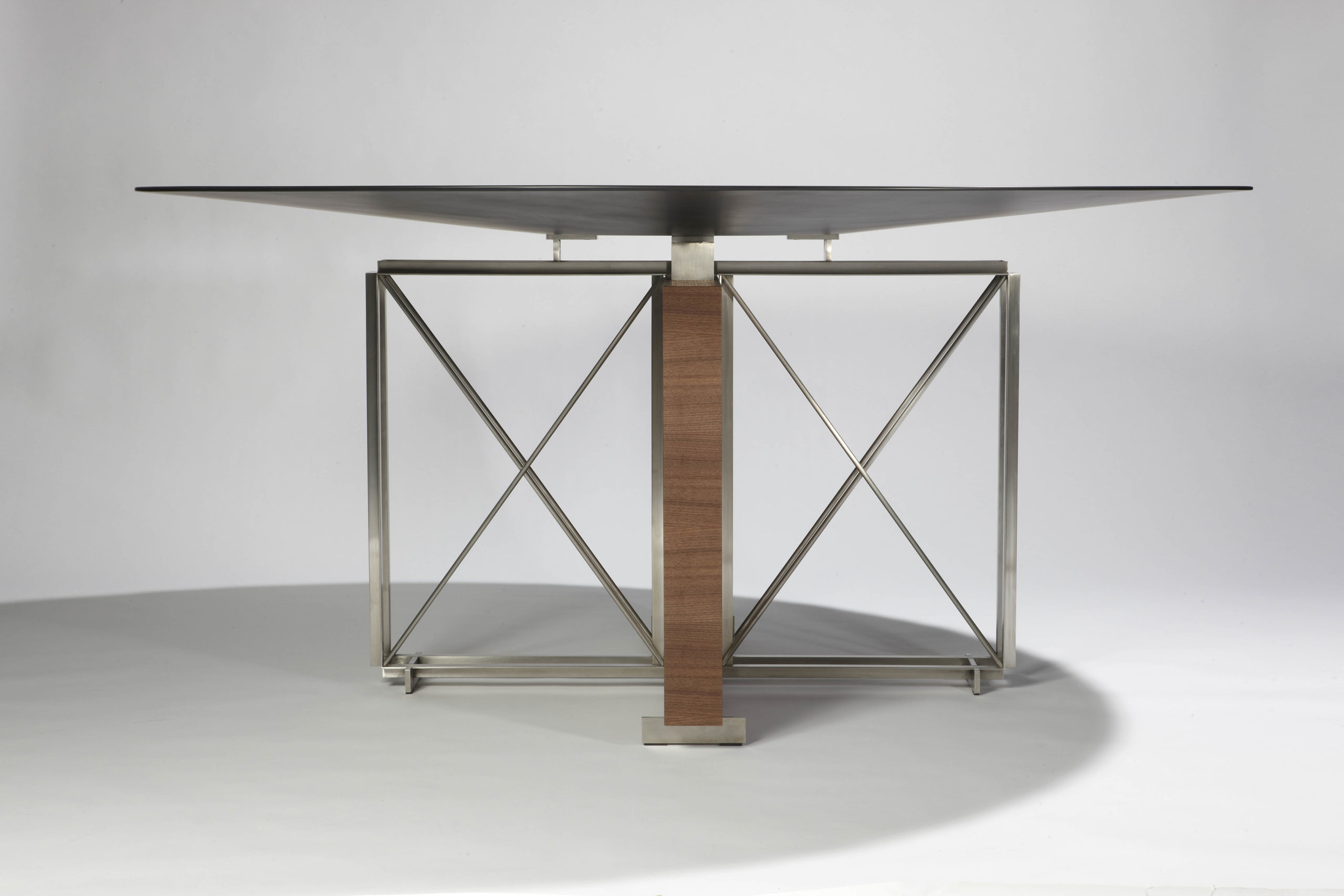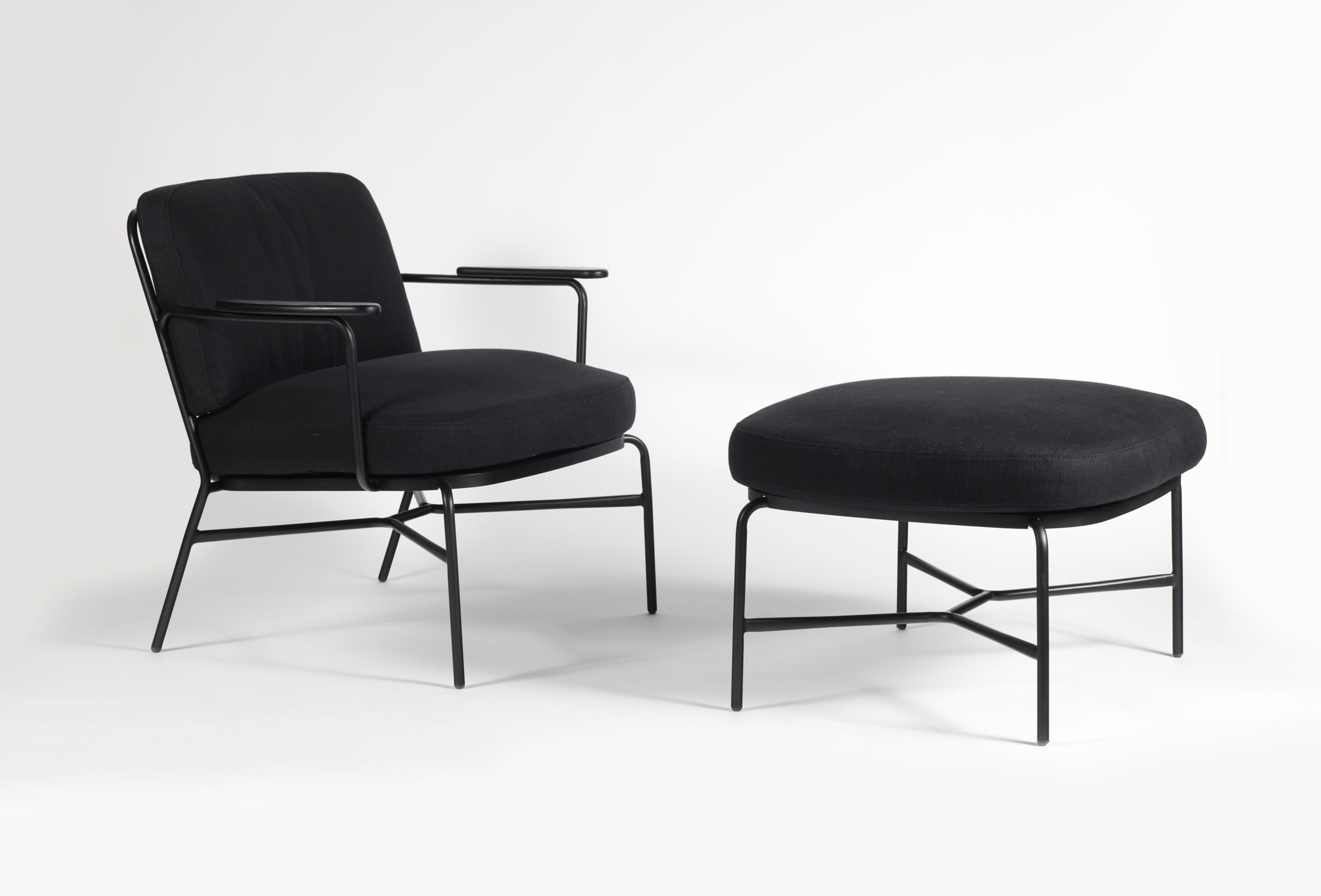W&I Design
The Wilmotte & Industries design studio explores the areas of “environmental design” and has built a real reputation in the world of industrial design and object design. The studio works with numerous firms and manufacturers in France, Italy, Germany and the United States, in particular. This “architect’s design” is characterised by great care taken over composition and a keen awareness of materials and finishes. Its pure and simple lines aim to convey readability, coherence and the authenticity of the object and a certain form of timelessness.
Made to measure
Urban furniture
Furniture
Lighting
Home design
Textile

Search

Filter


Quadratube by Wilmotte
Eclairage
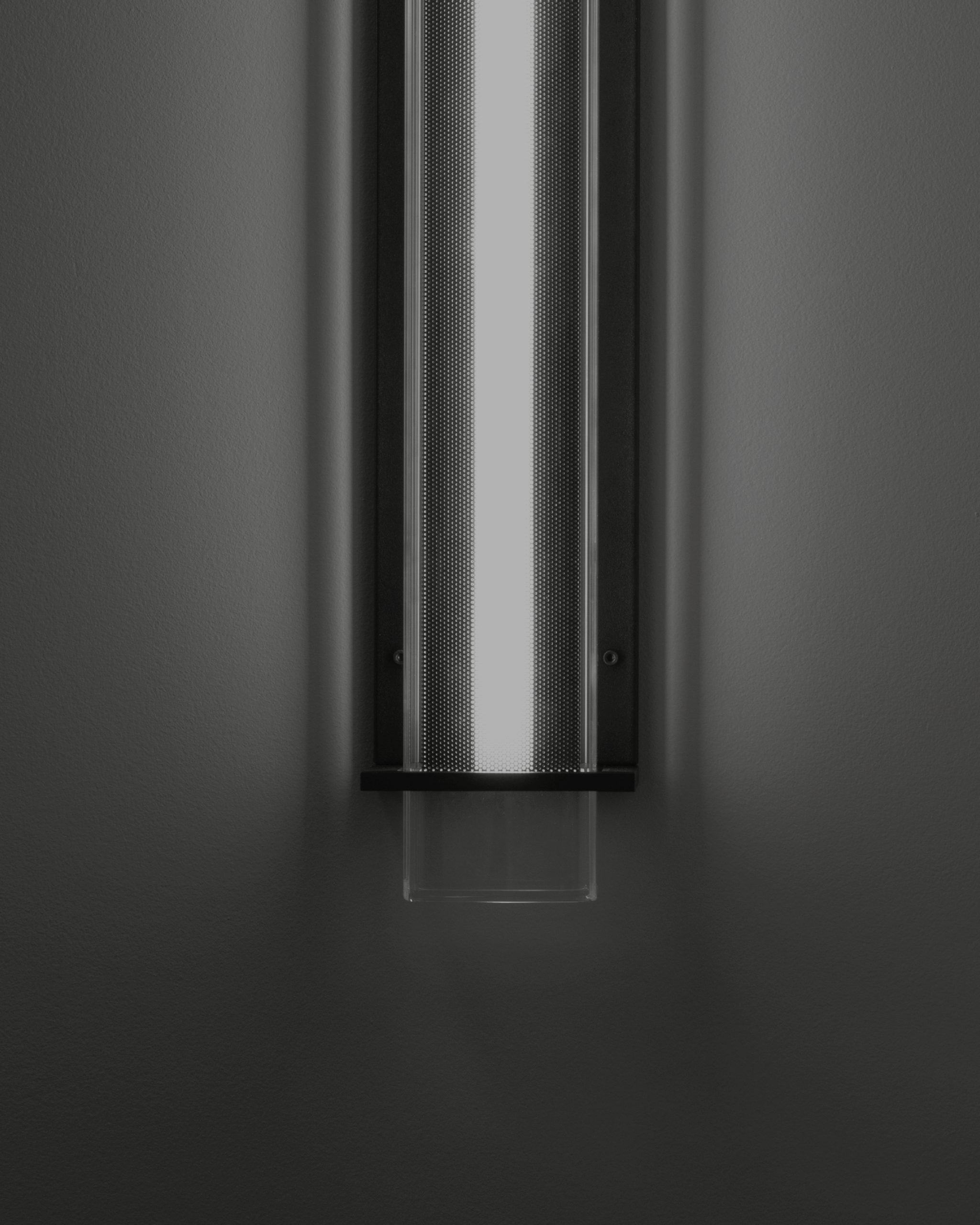

Editeur :
Sammode
Job :
Edition
2024

Zoom by Wilmotte
Home design
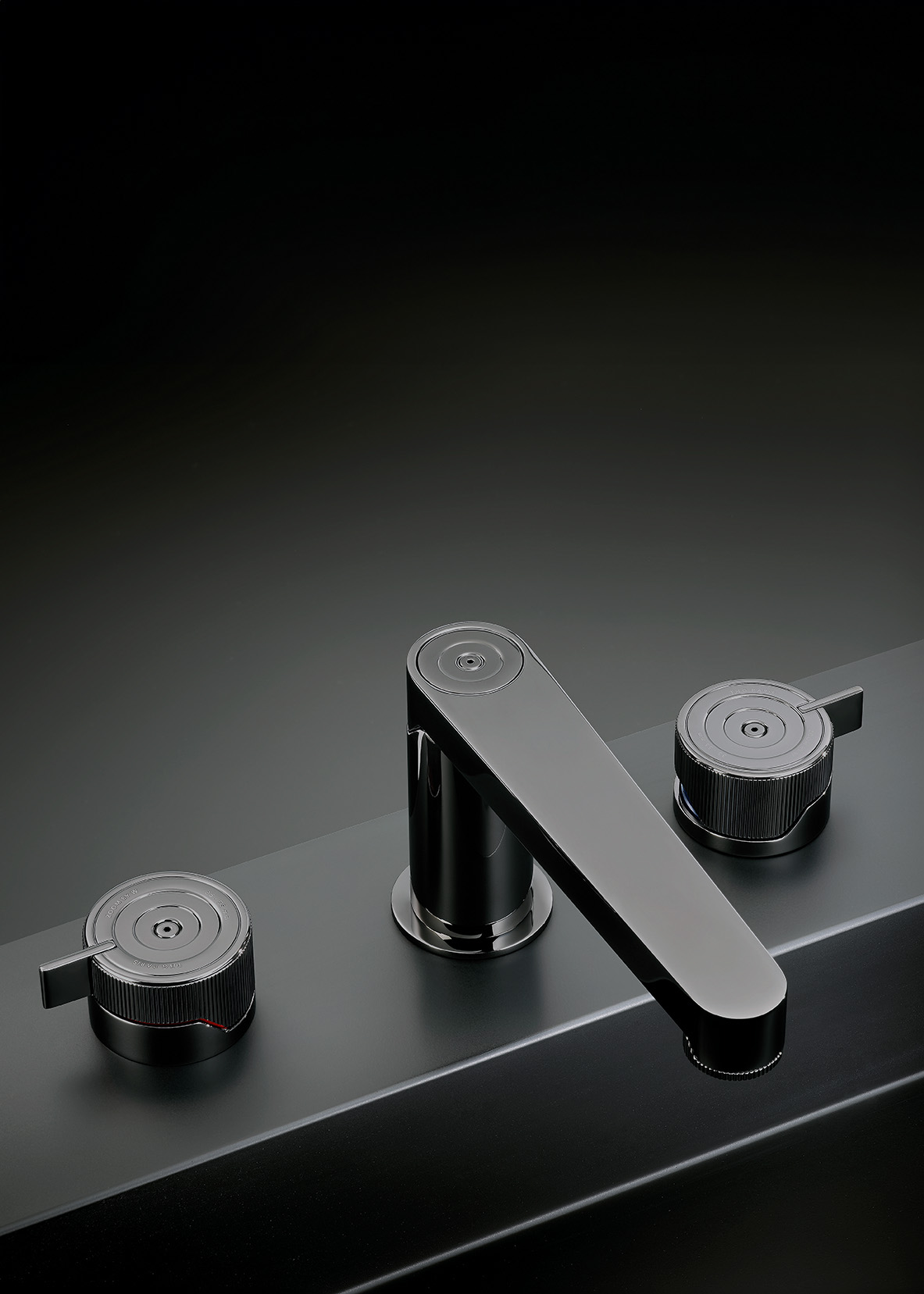

Editeur :
THG
Job :
Edition
2024

Evidence by Wilmotte
Home design
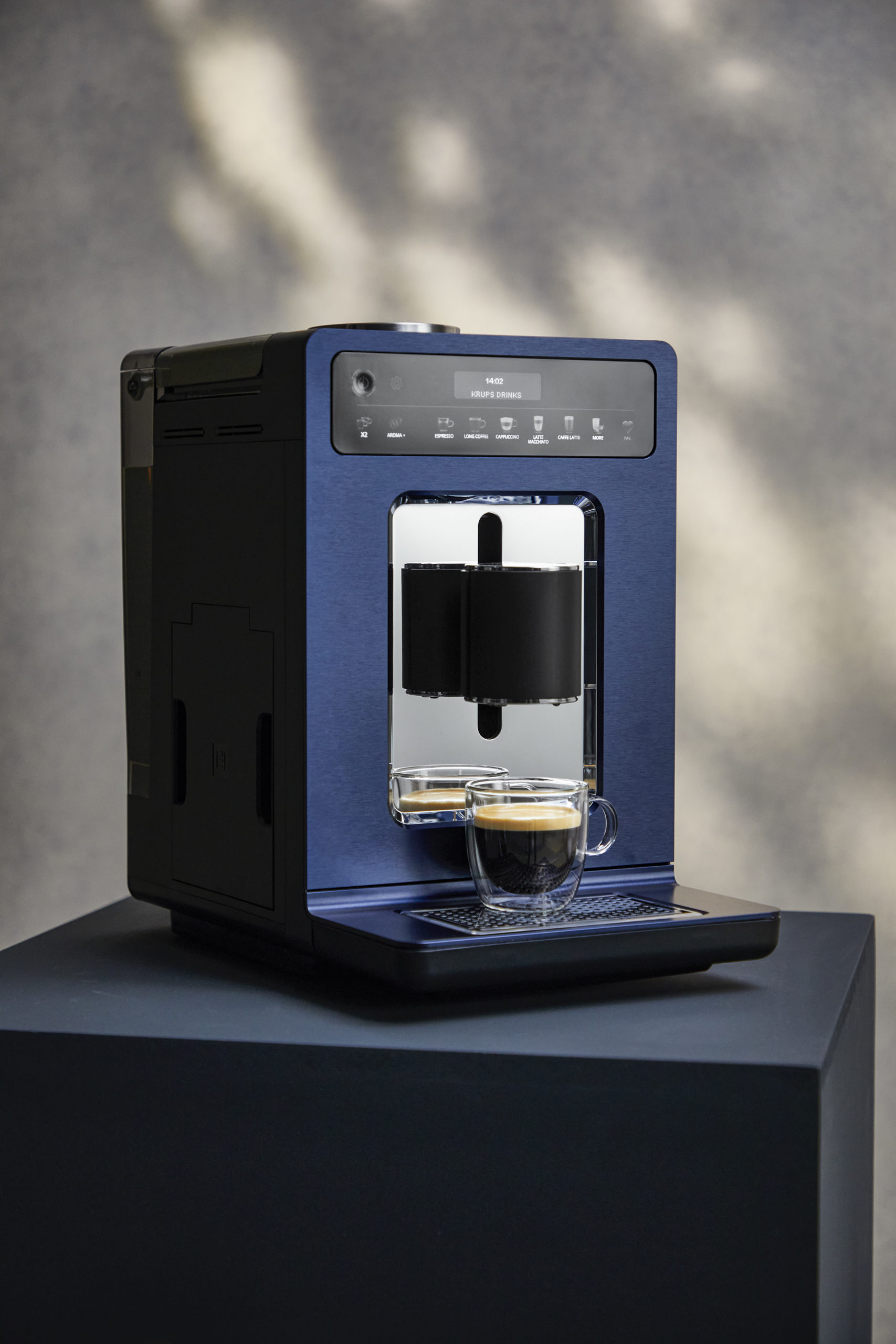

Editeur :
Krups
Job :
Edition
2023

In Folio Lantern
Eclairage
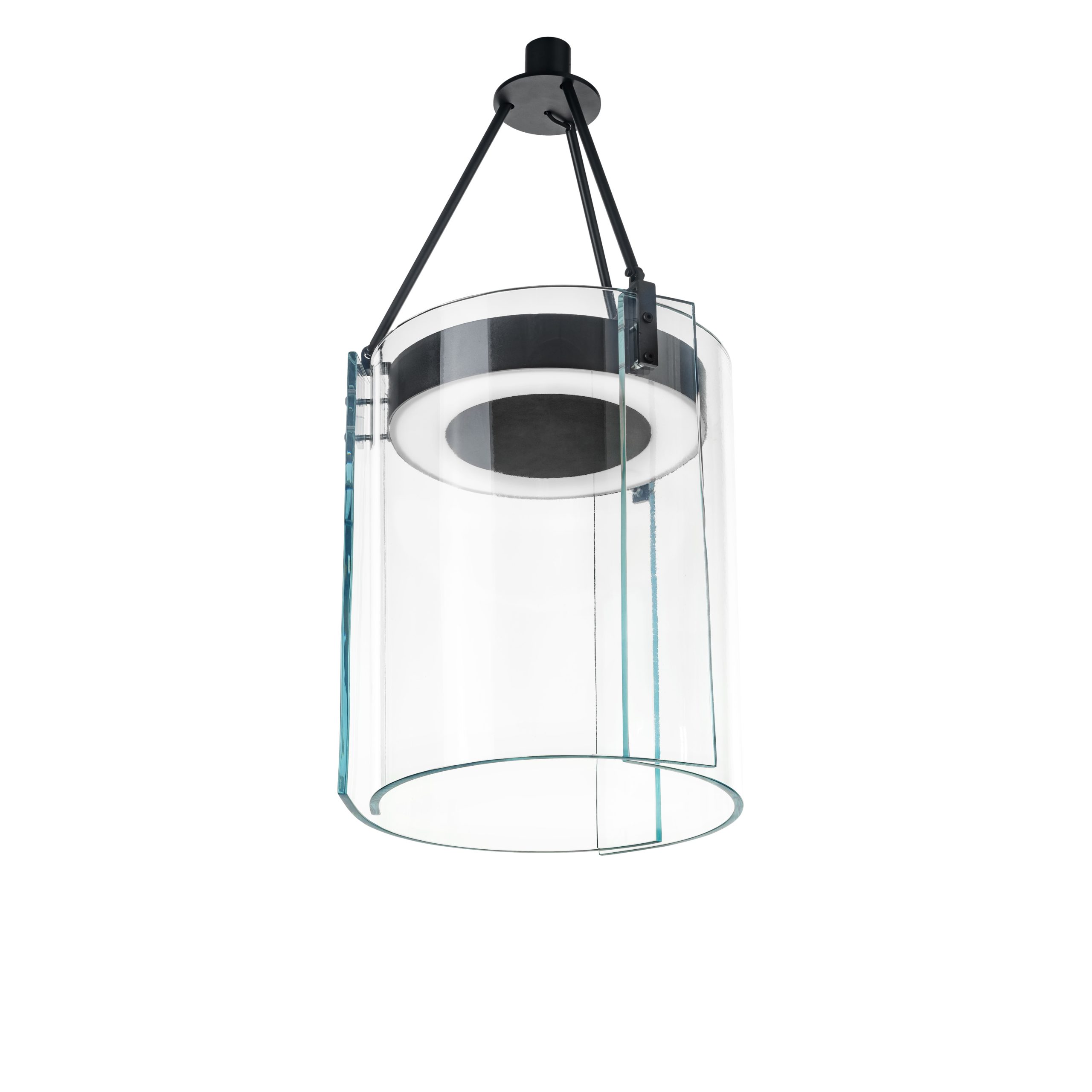

Editeur :
Delisle
Job :
Edition
2023

Raysun radiator
Home design
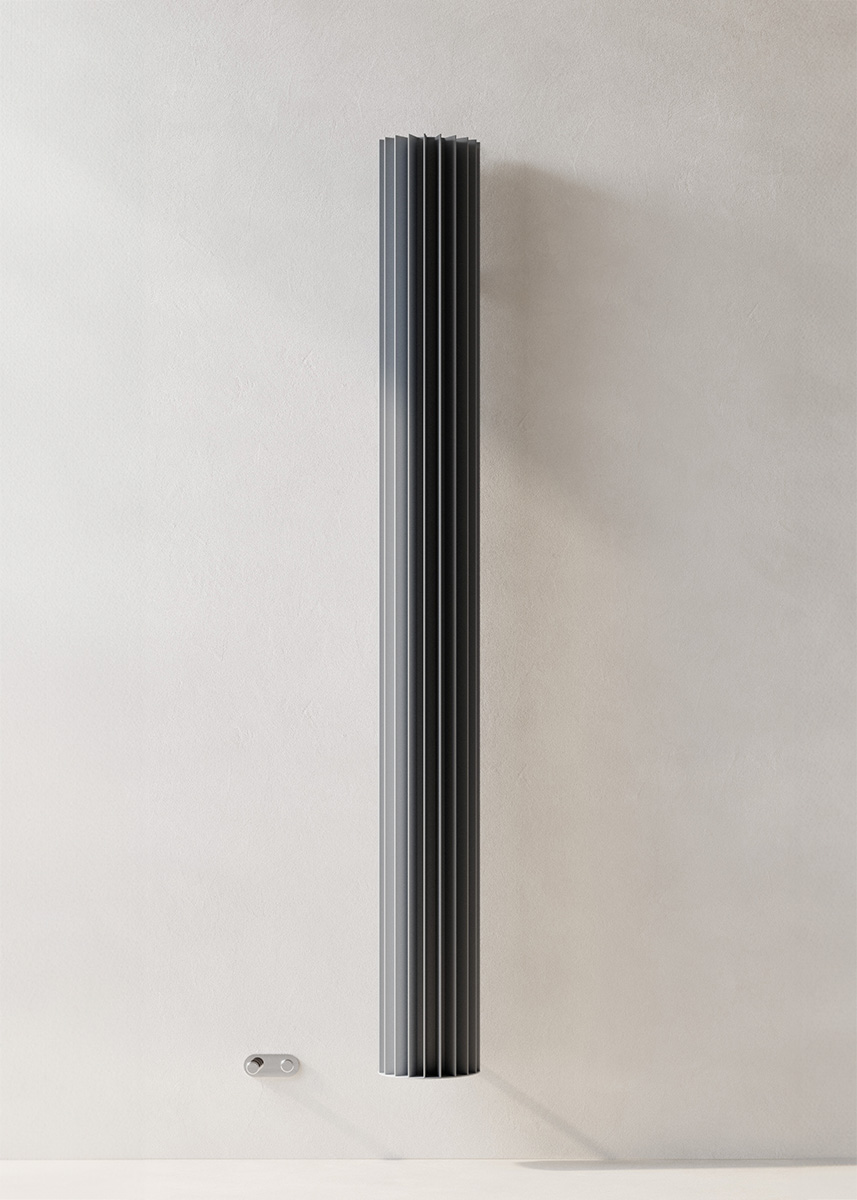

Editeur :
Caleido
Job :
Edition
2023

Traccia radiator
Home design
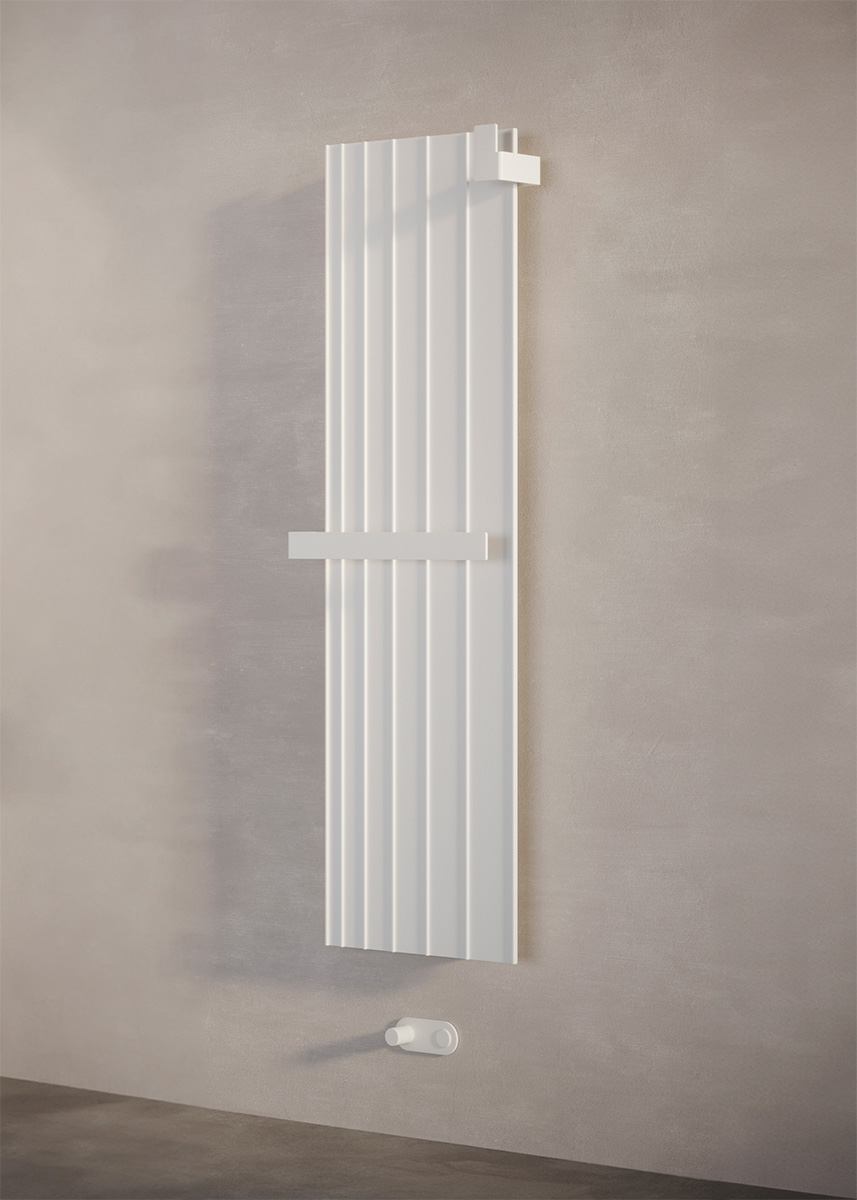

Editeur :
Caleido
Job :
Edition
2023

Club by Wilmotte
Textile
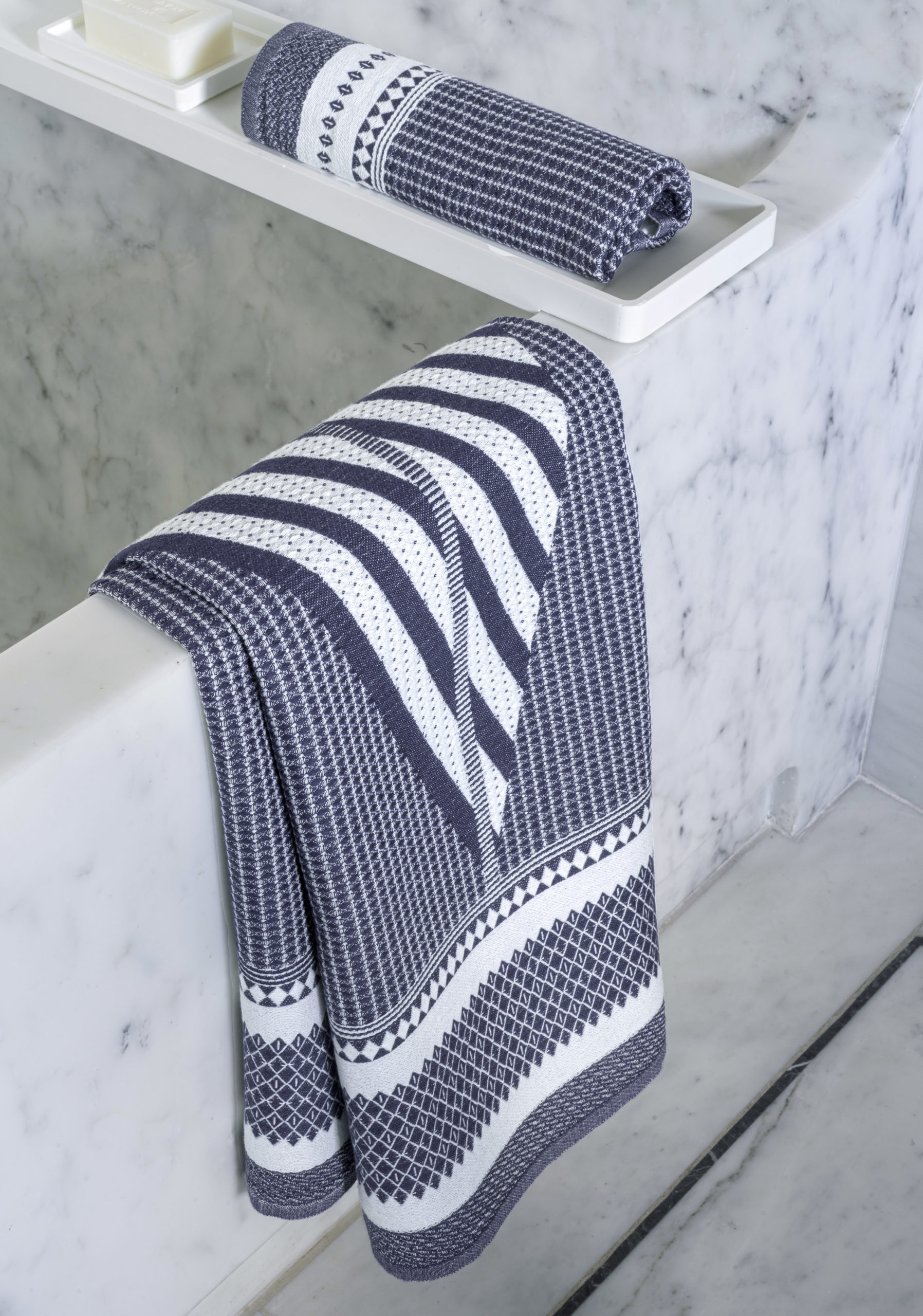

Editeur :
Le Jacquard Français
Job :
Edition
2023

Big Tie by Wilmotte
Textile
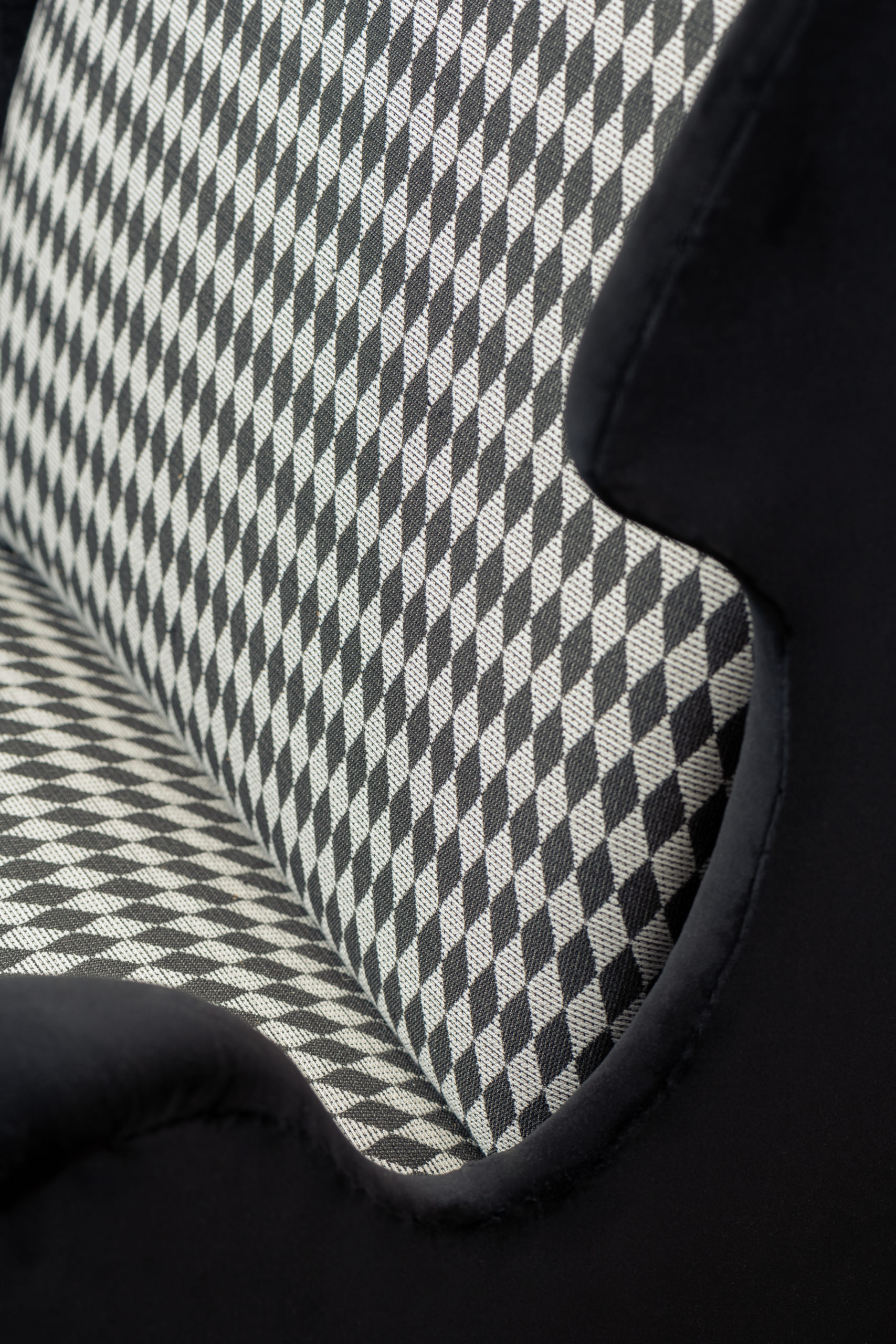

Editeur :
Lelièvre Paris
Job :
Edition
2023

Palm by Wilmotte
Mobilier
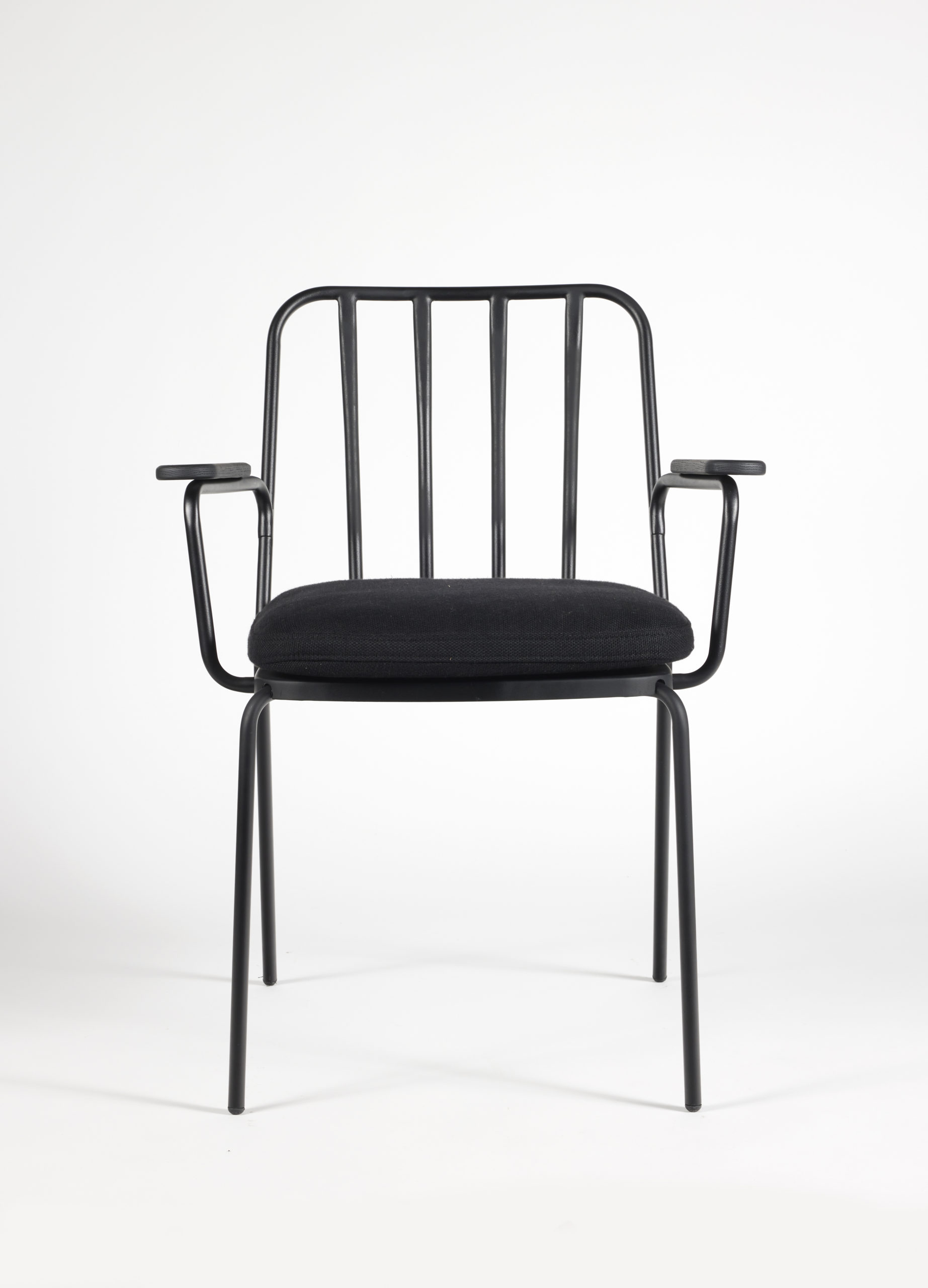

Editeur :
Parla Design
Job :
Edition
2023

Anima Lamp
Eclairage
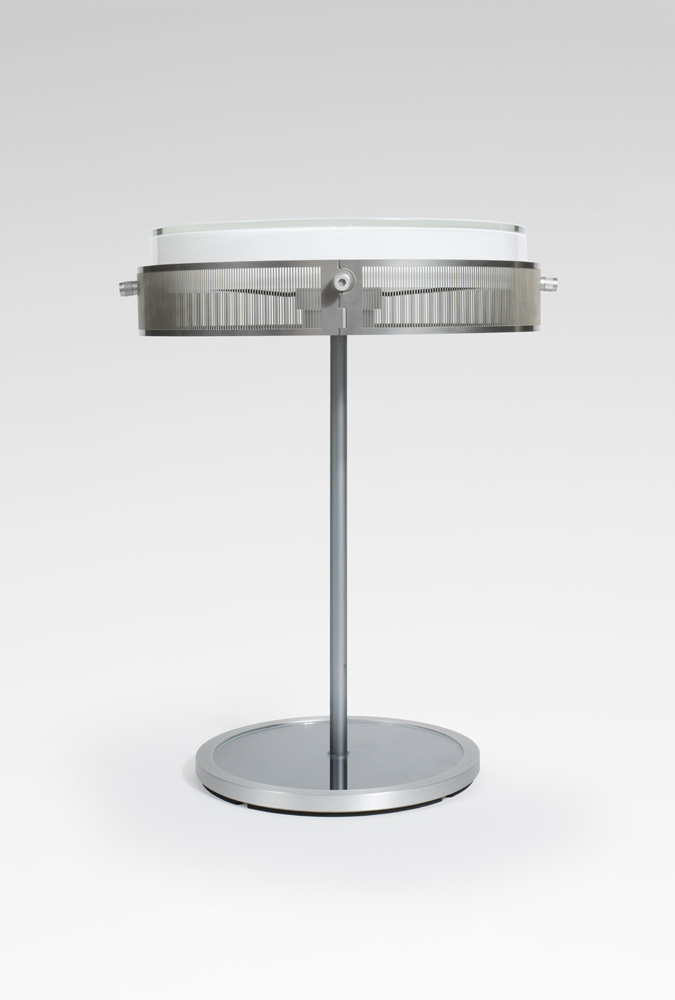

Editeur :
Lumina
Job :
Edition
2023

Agora spotlights
Mobilier urbain
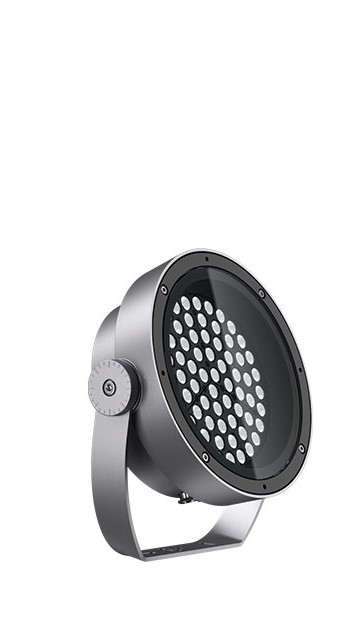

Editeur :
iGuzzini
Job :
Edition
2019

Cannelée by Wilmotte
Home design
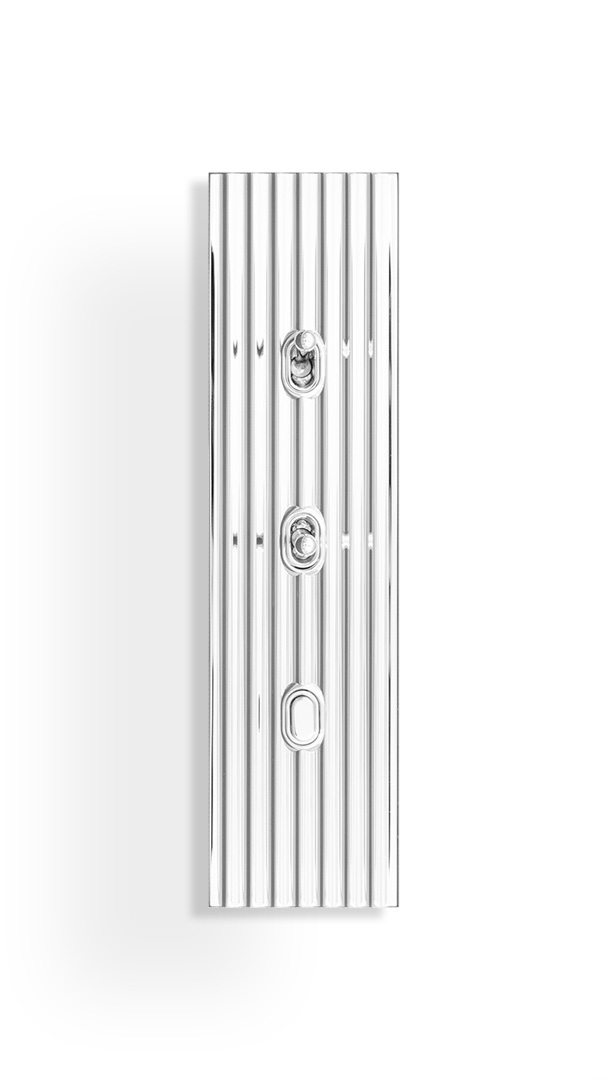

Editeur :
Meljac
Job :
Edition
2018

Lurçat plates
Cuisine et Art de la table


Editeur :
Haviland
Job :
Edition
2018

Luxembourg L. pendant ceiling light
Eclairage


Editeur :
Ozone
Job :
Edition
2015

APLAT BY WILMOTTE range of paints
Home design
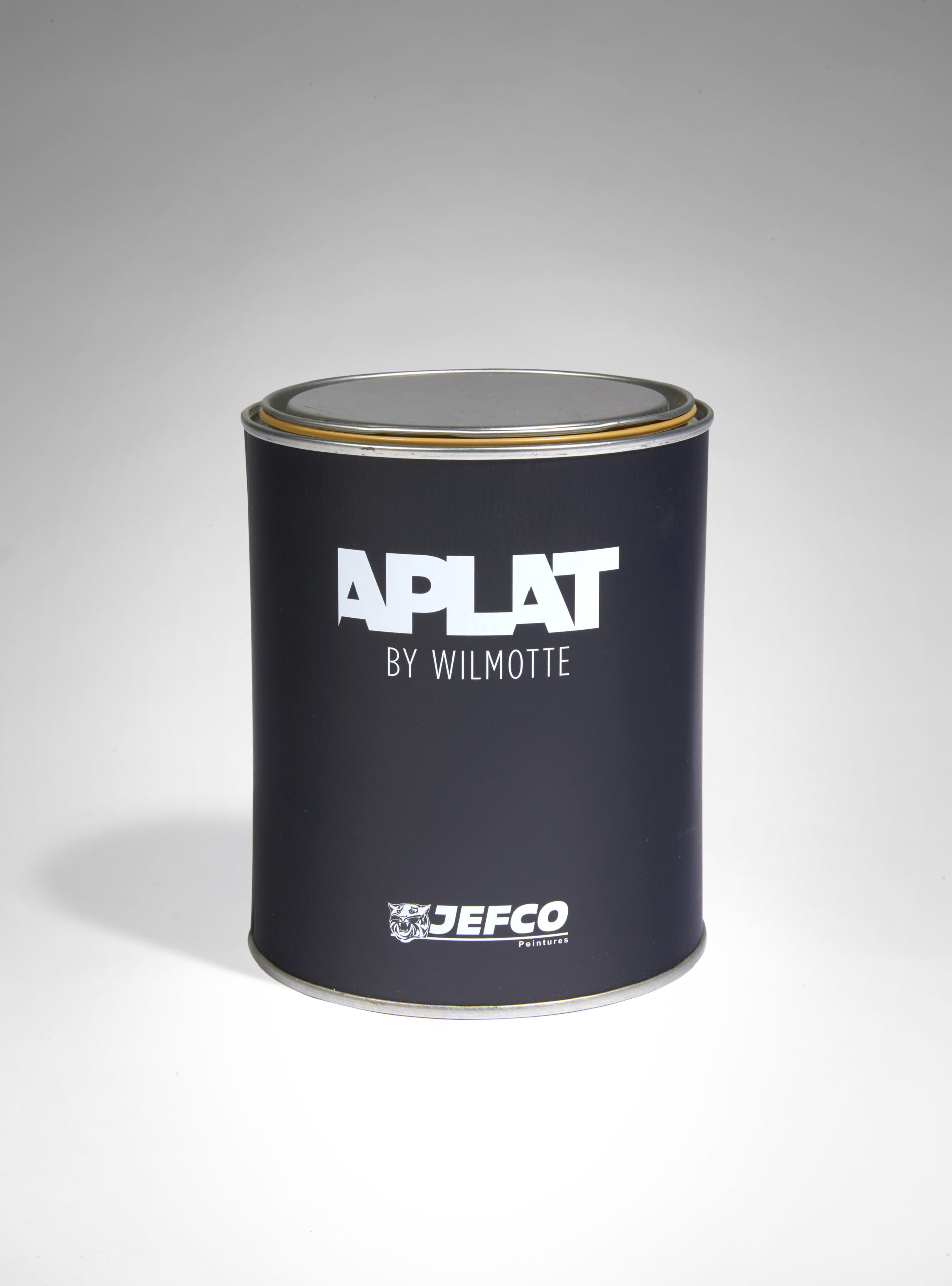

Editeur :
Jefco
Job :
Edition
2014

Versailles Lantern
Eclairage
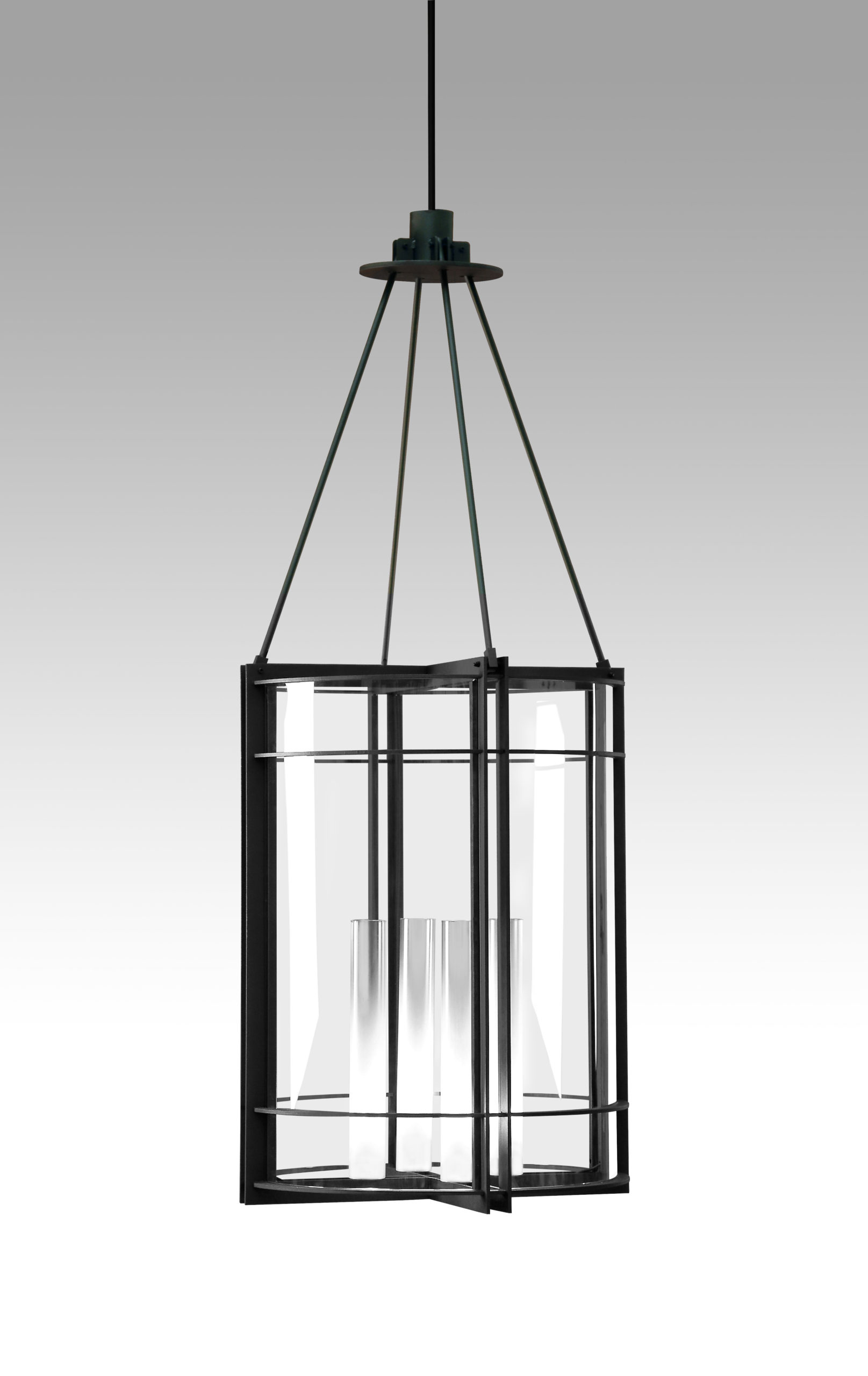

Editeur :
Maison Delisle
Job :
Edition
2013

Bagatelle litter bin
Mobilier urbain
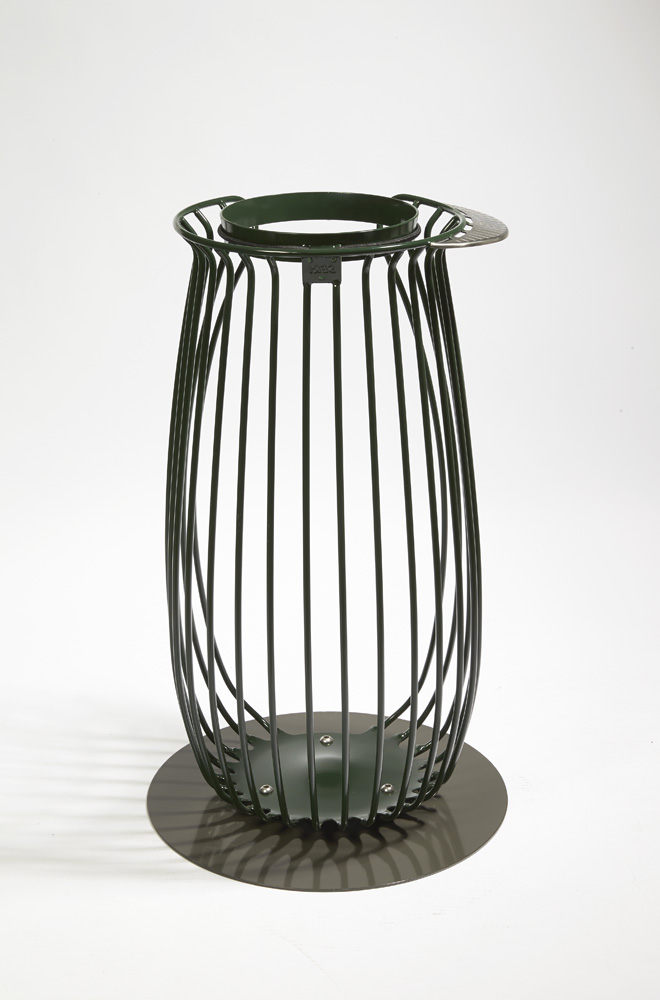

Editeur :
Seri
Job :
Edition
2013

Table knife Lignac
Home design
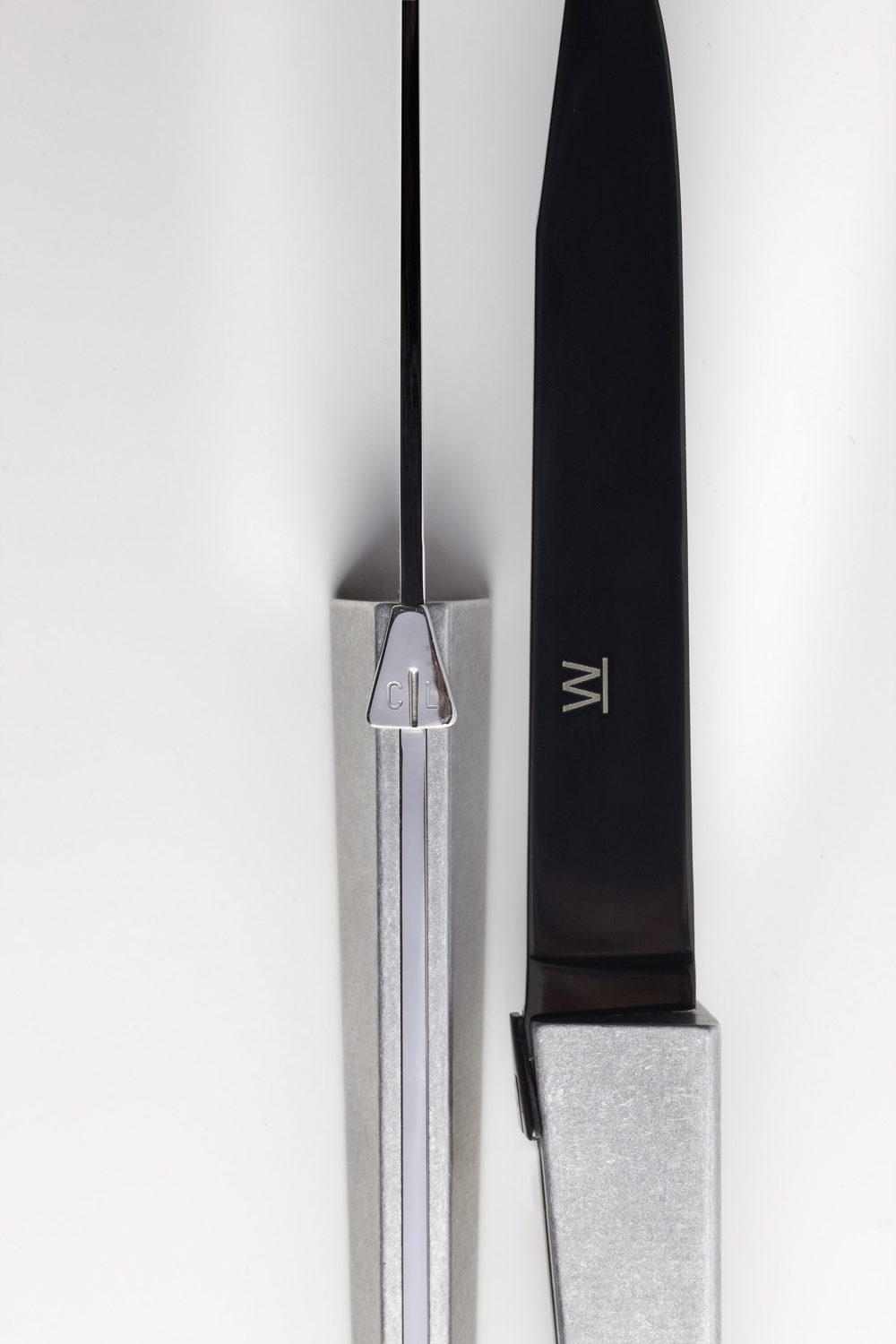

Editeur :
Forge de Laguiole
Job :
Made to measure
2011



